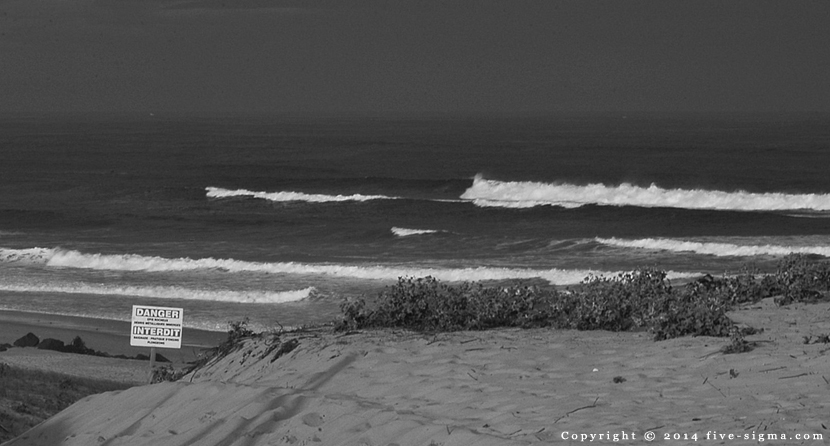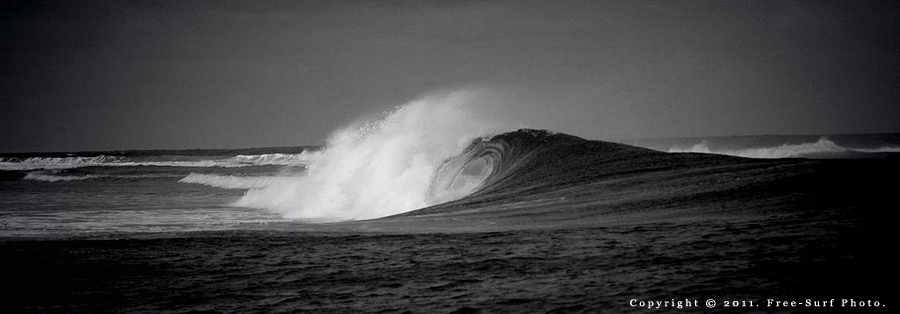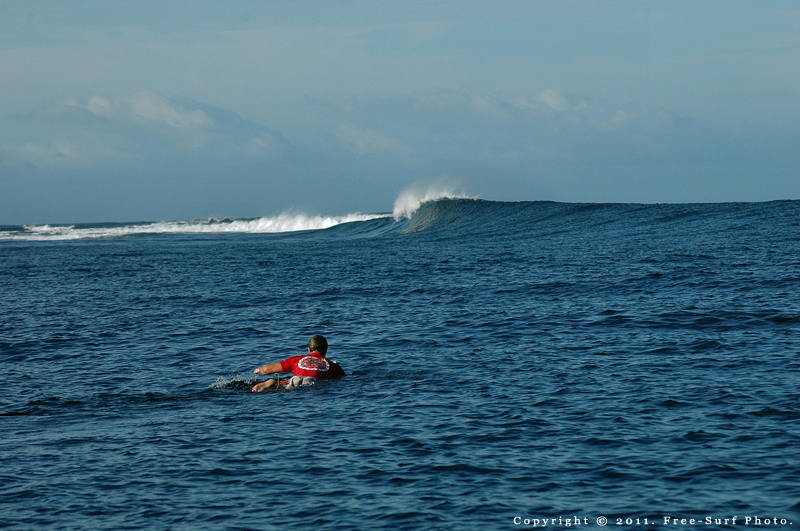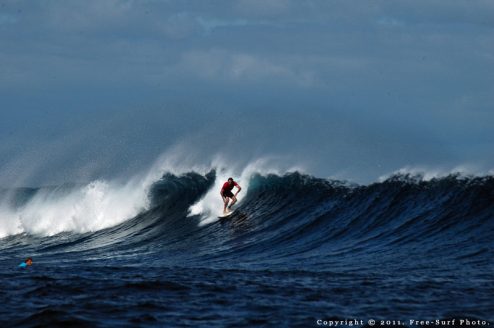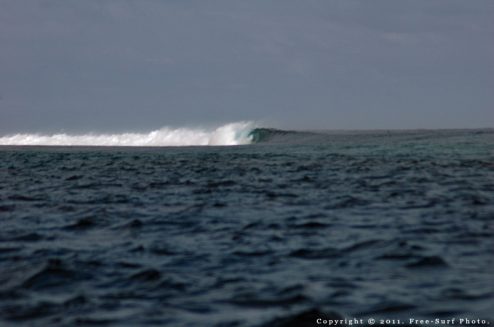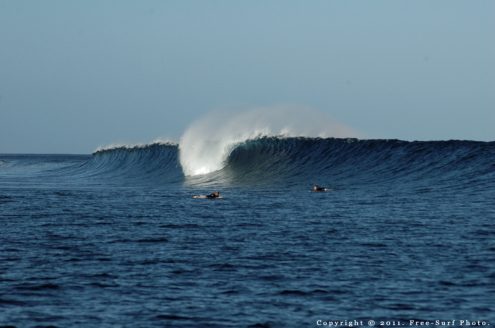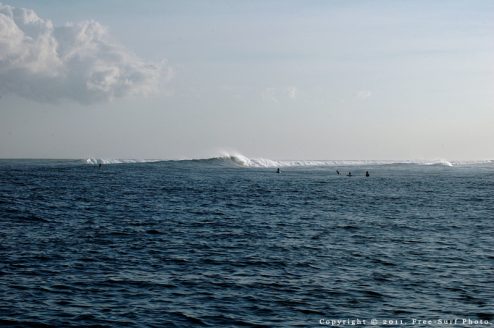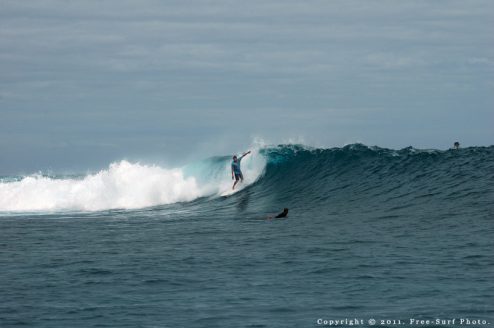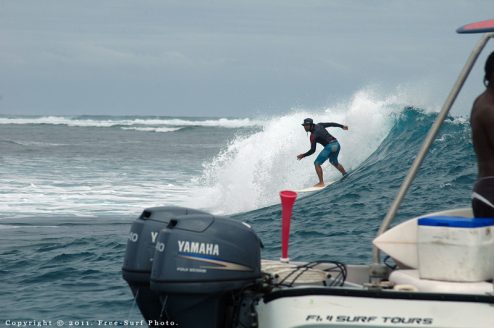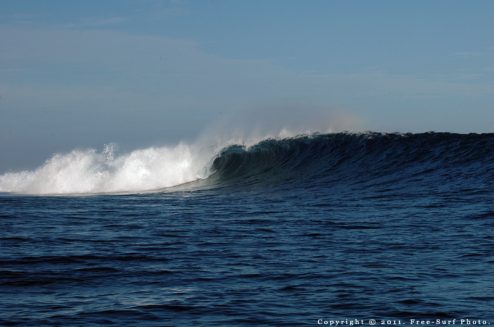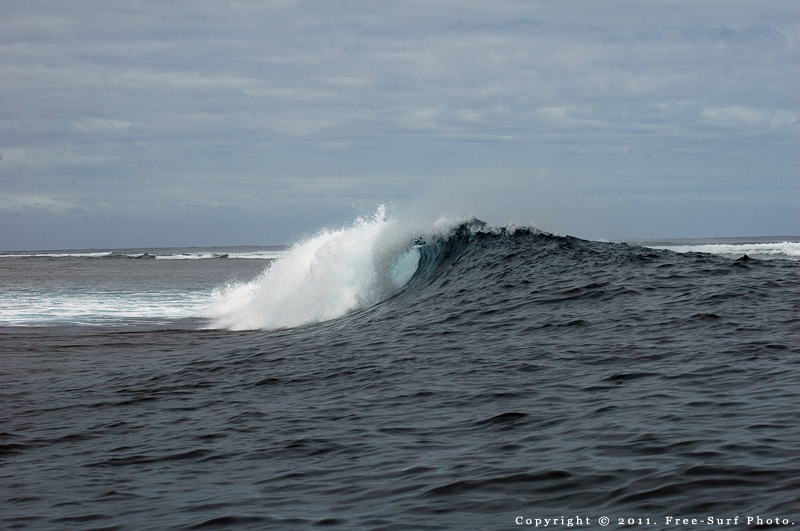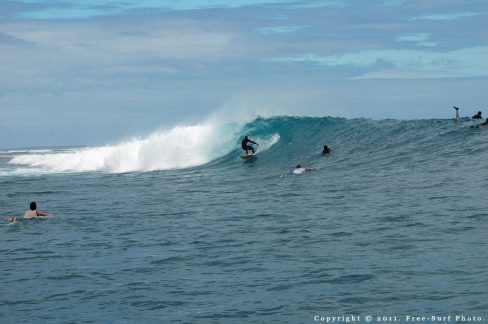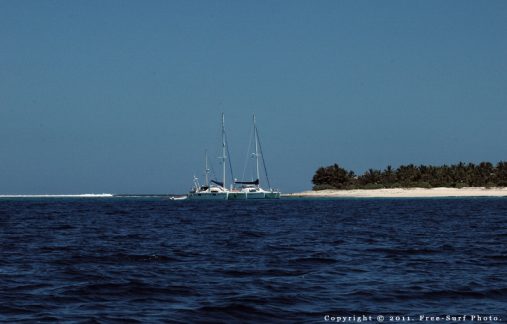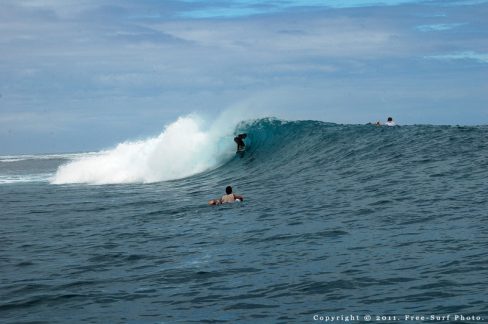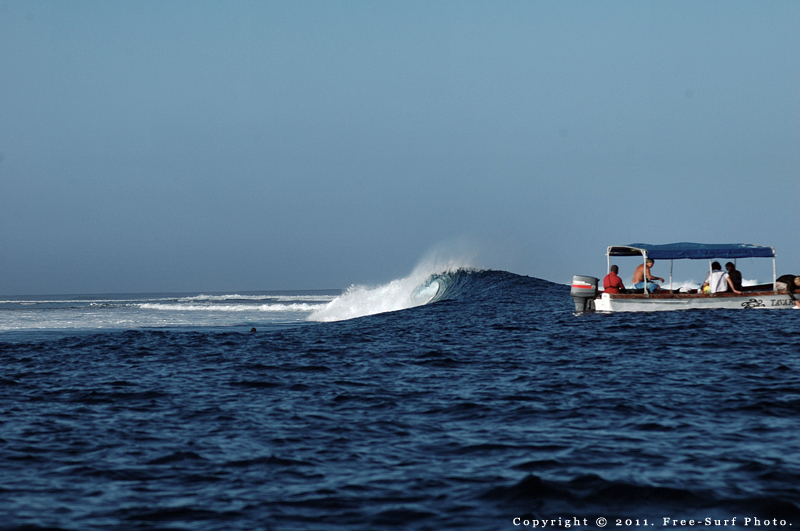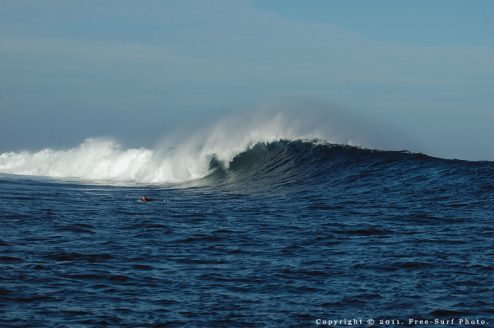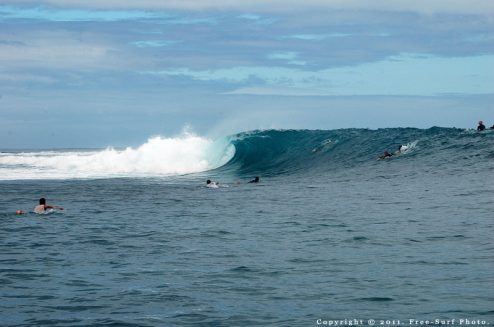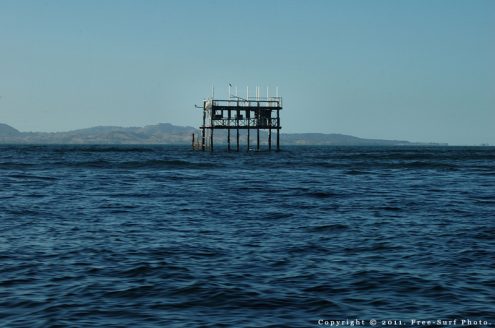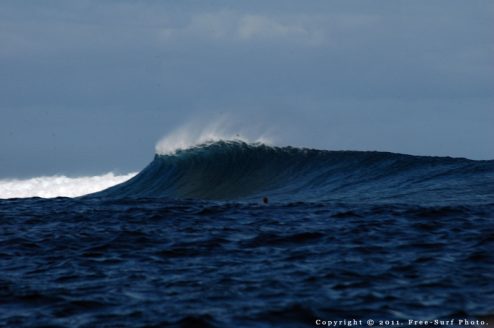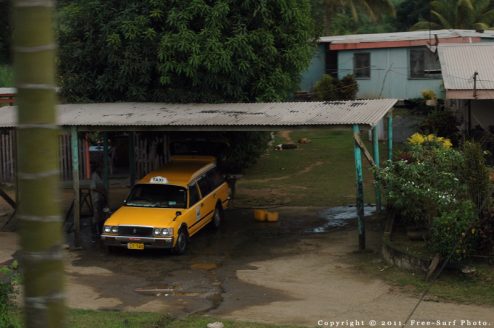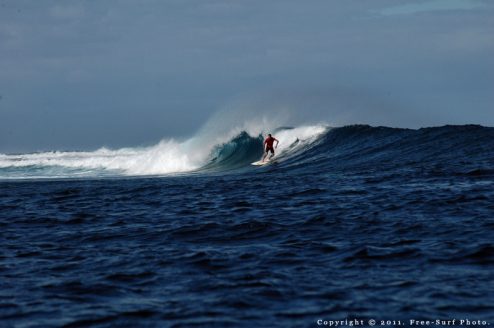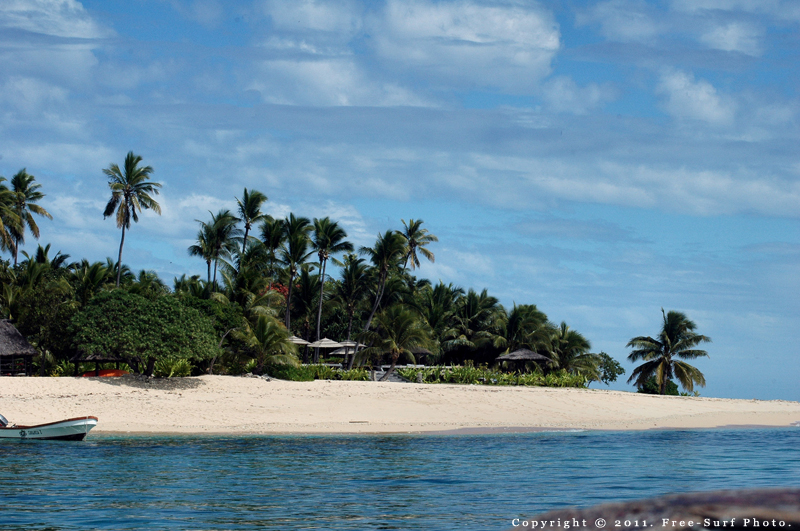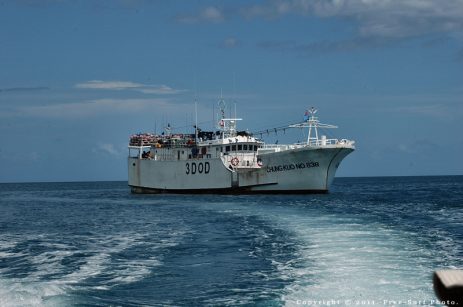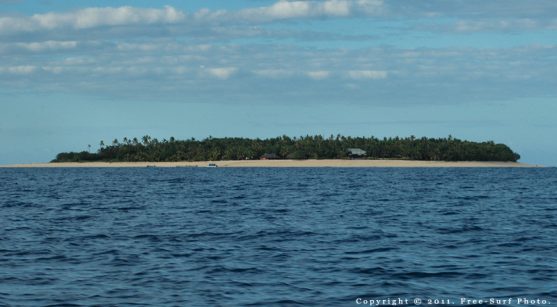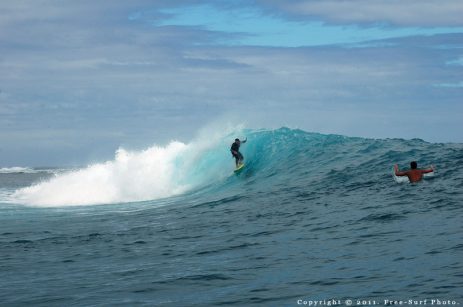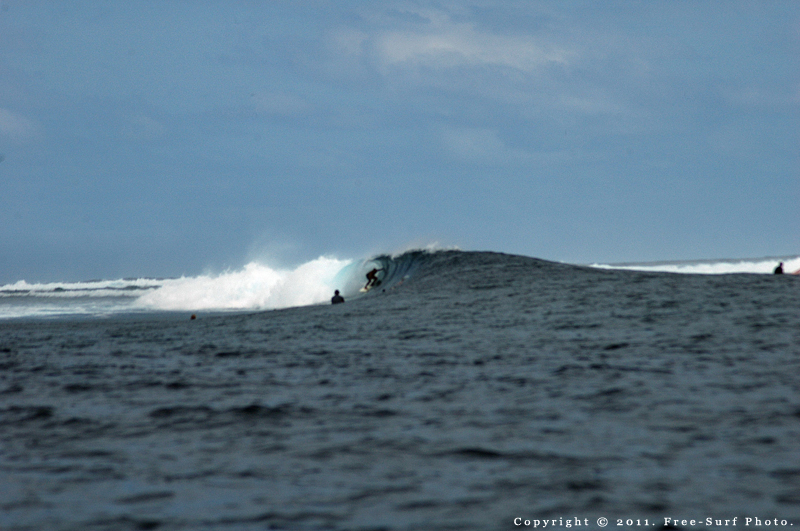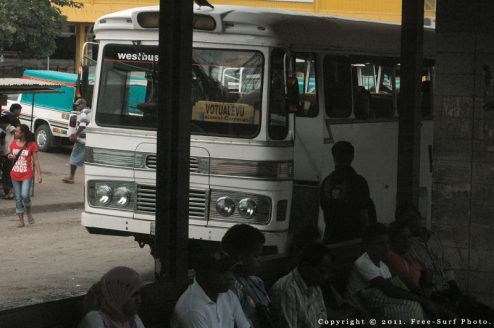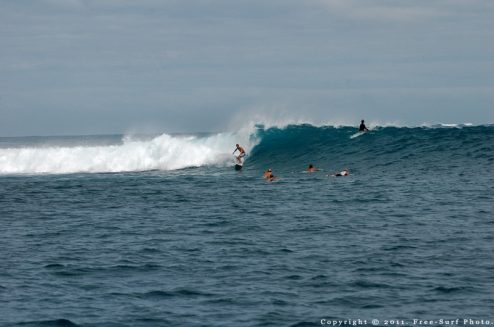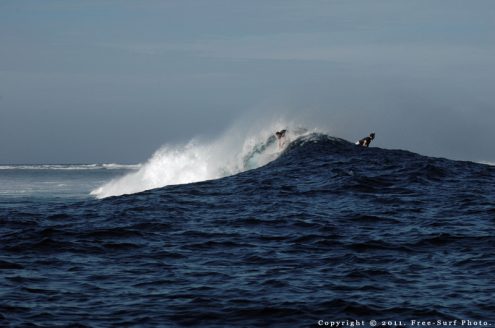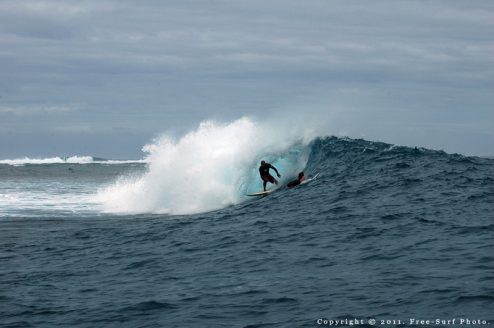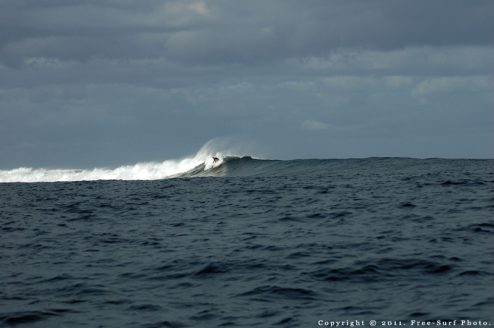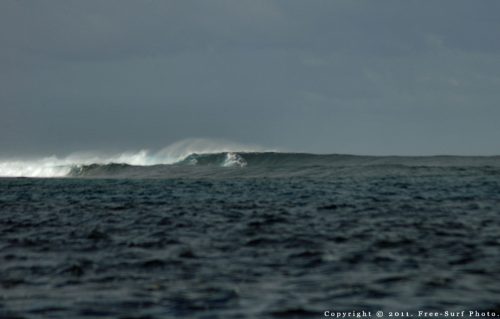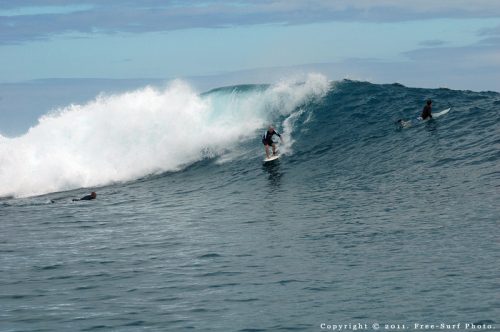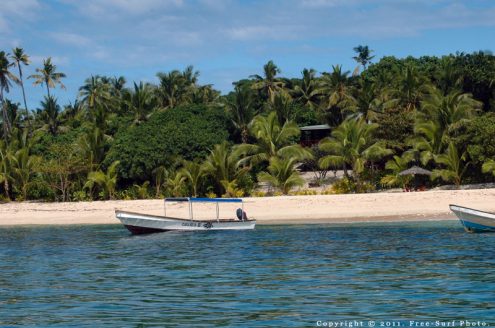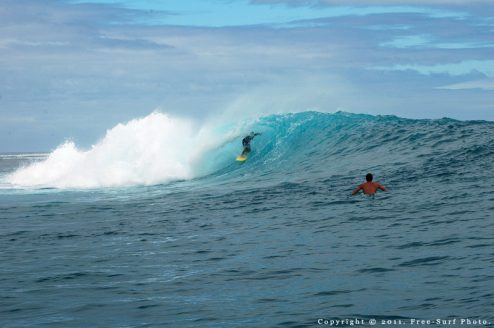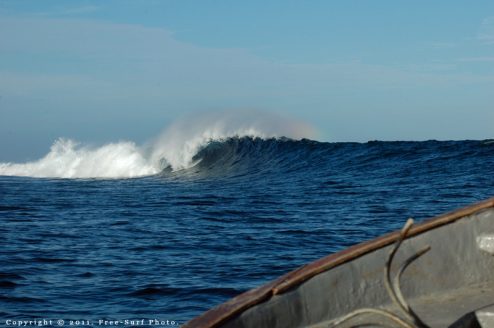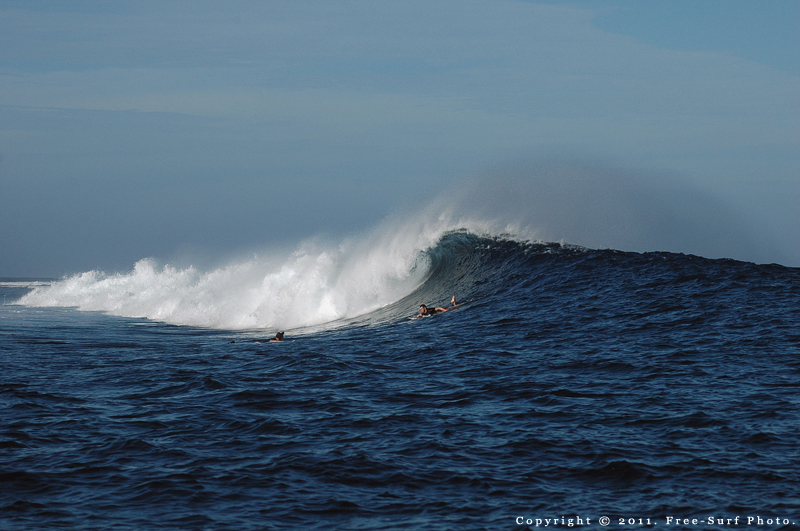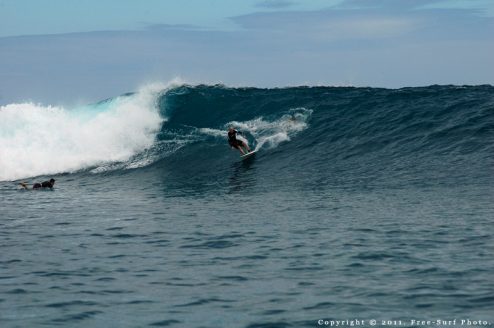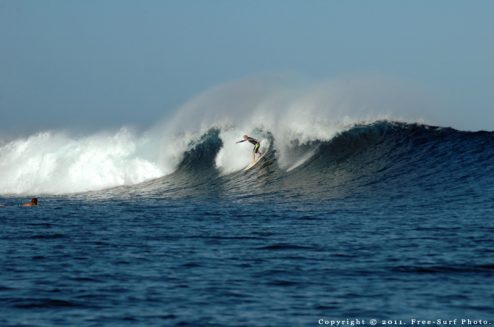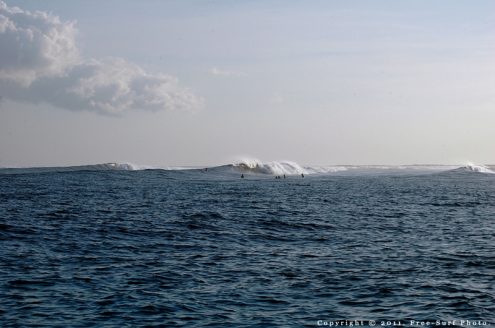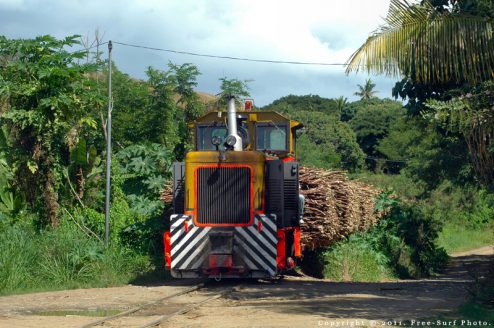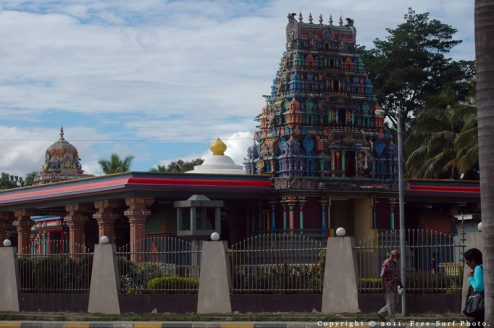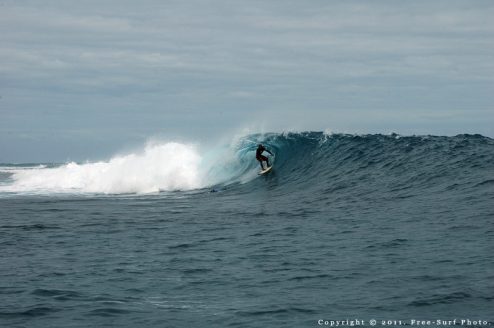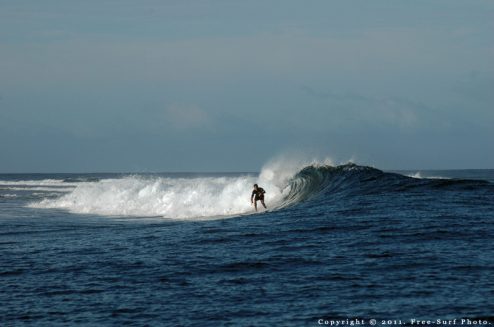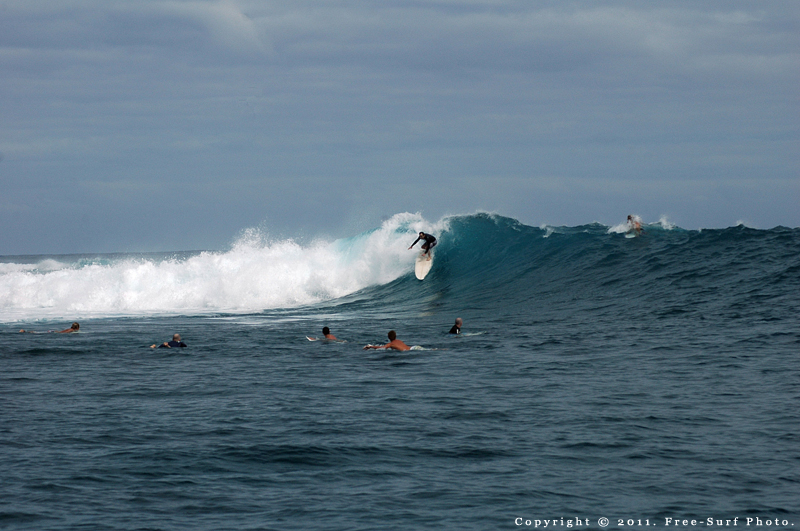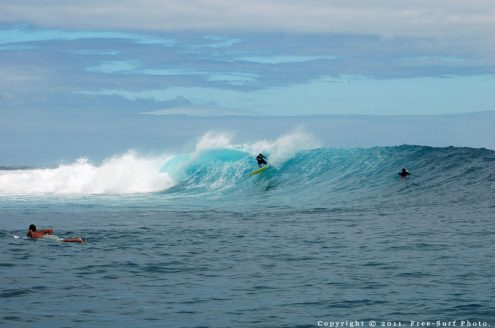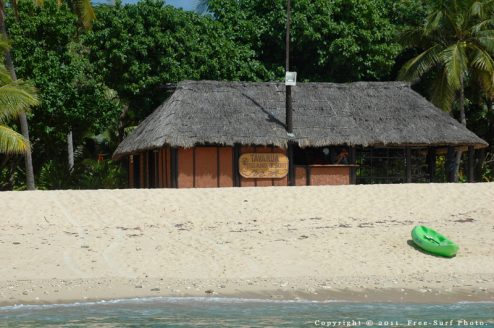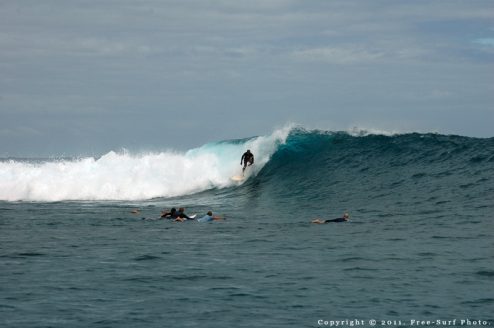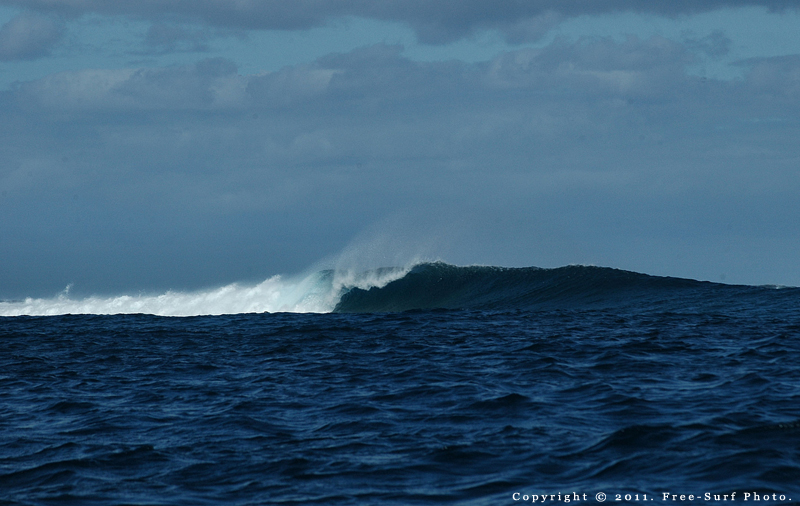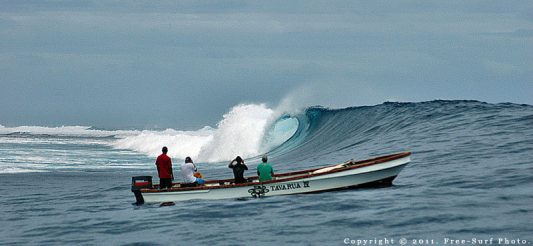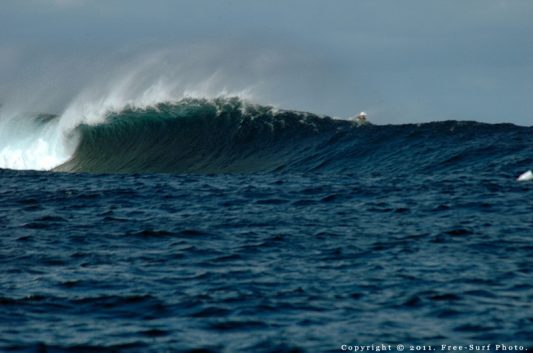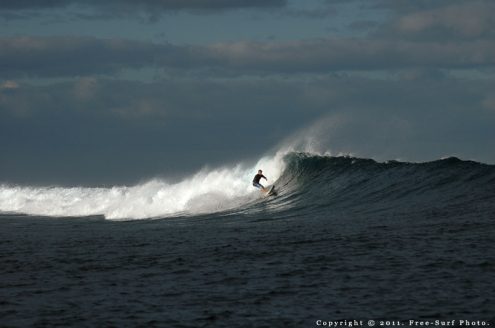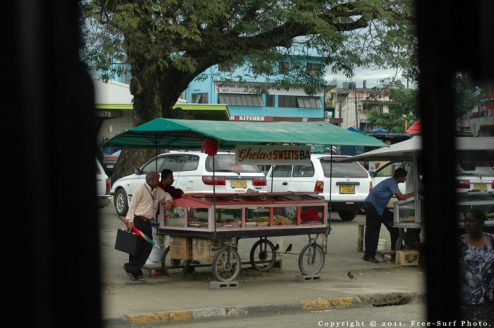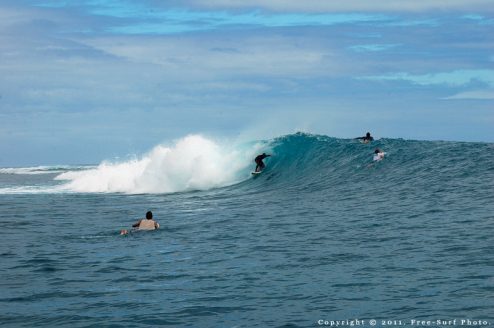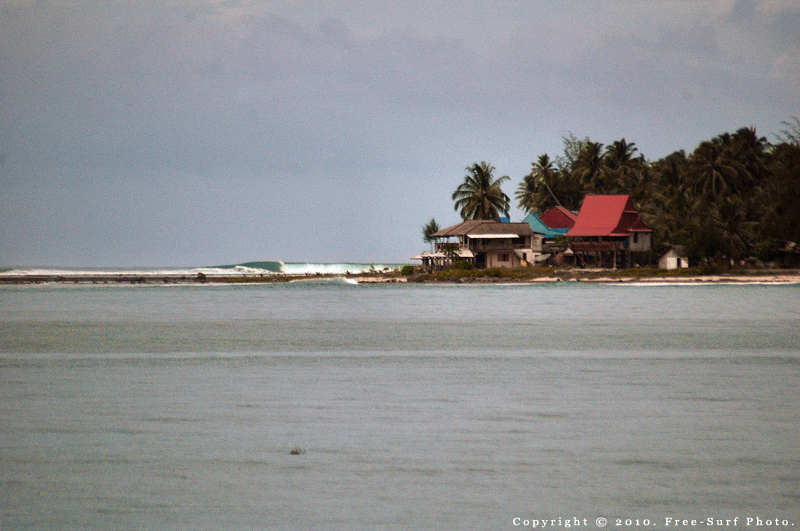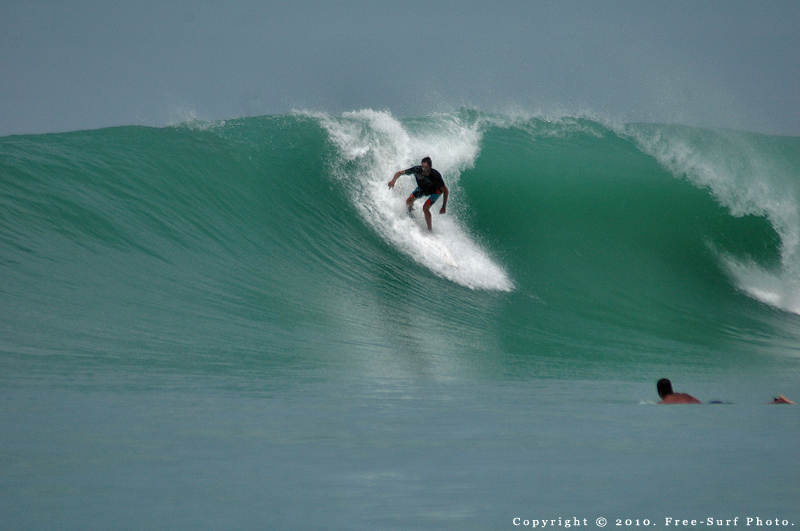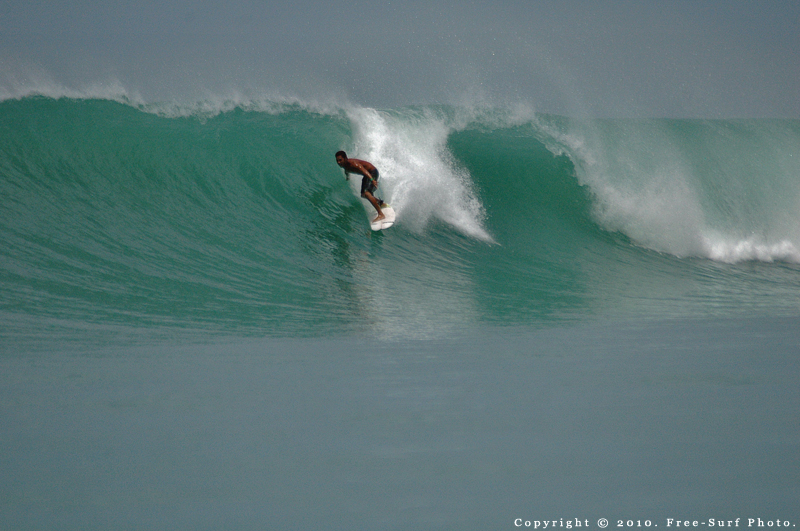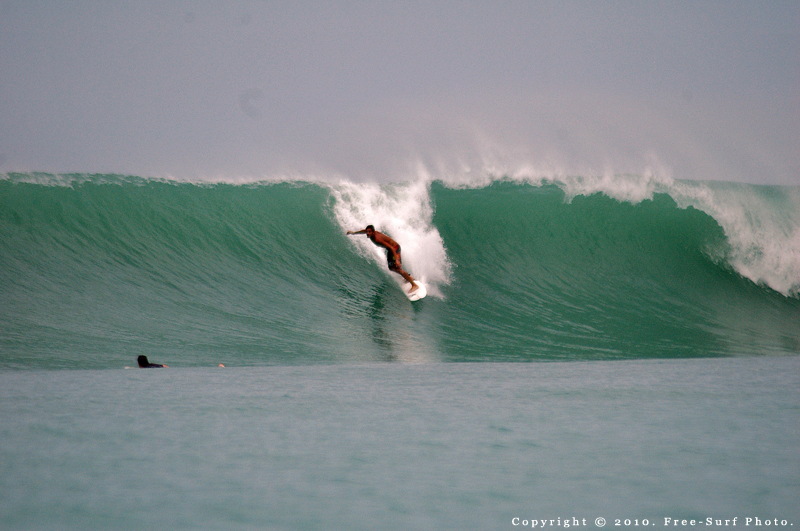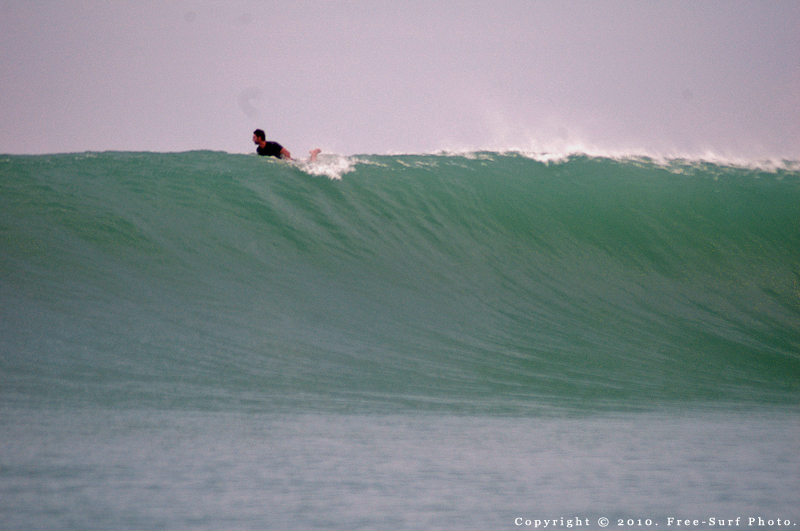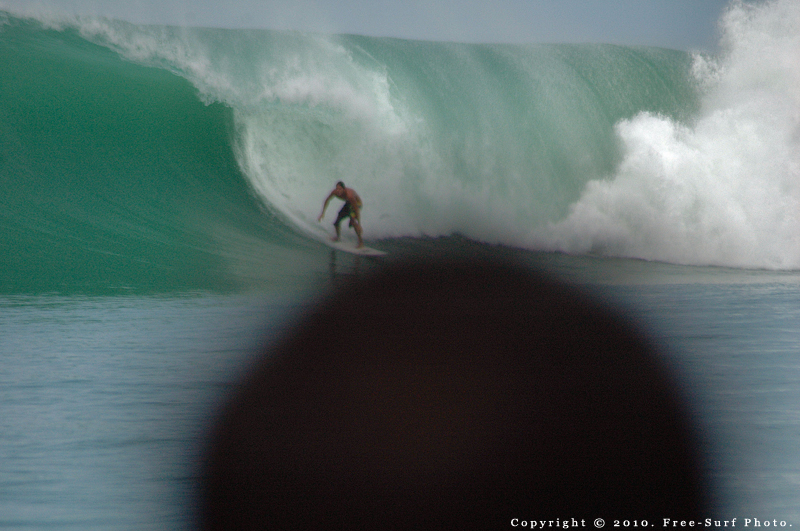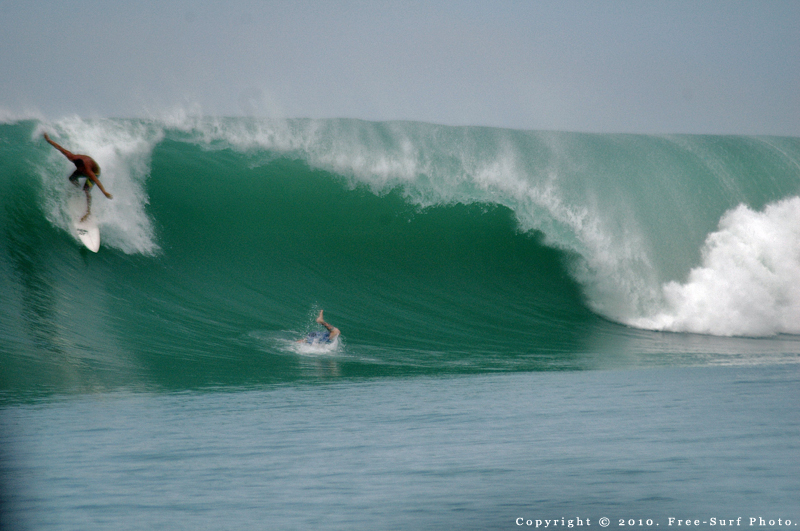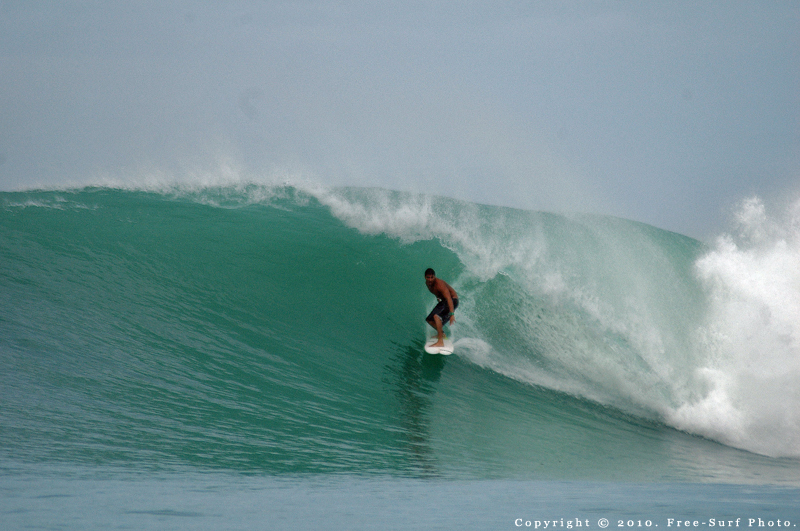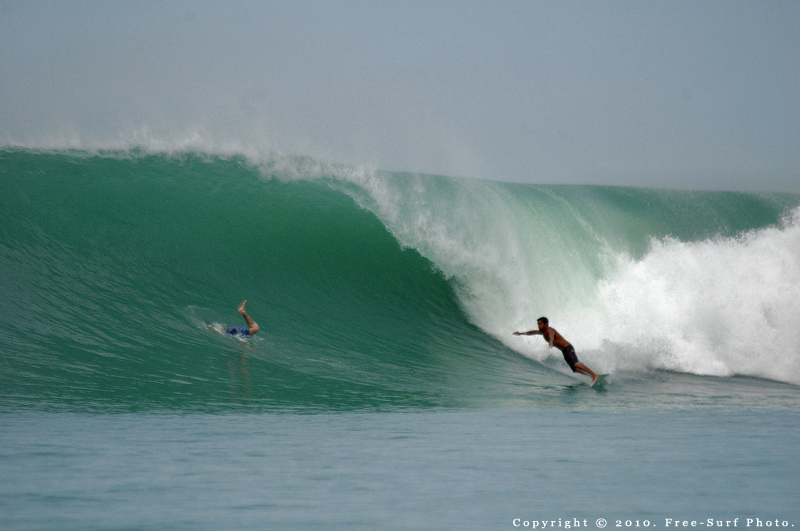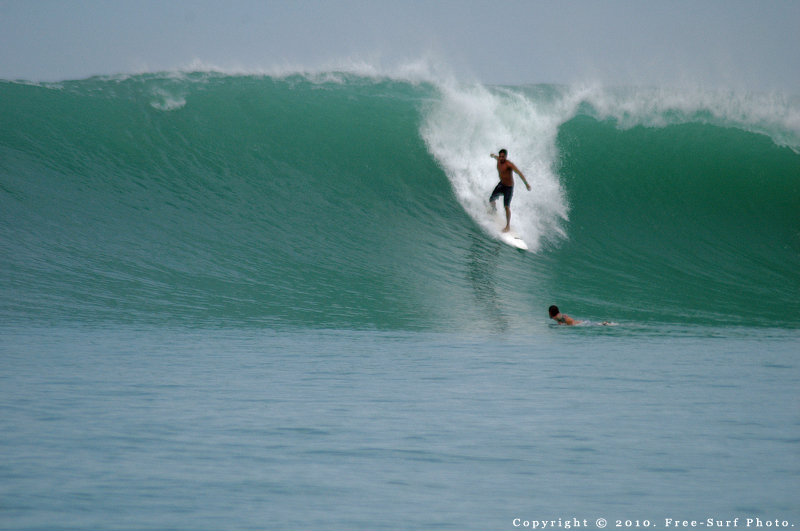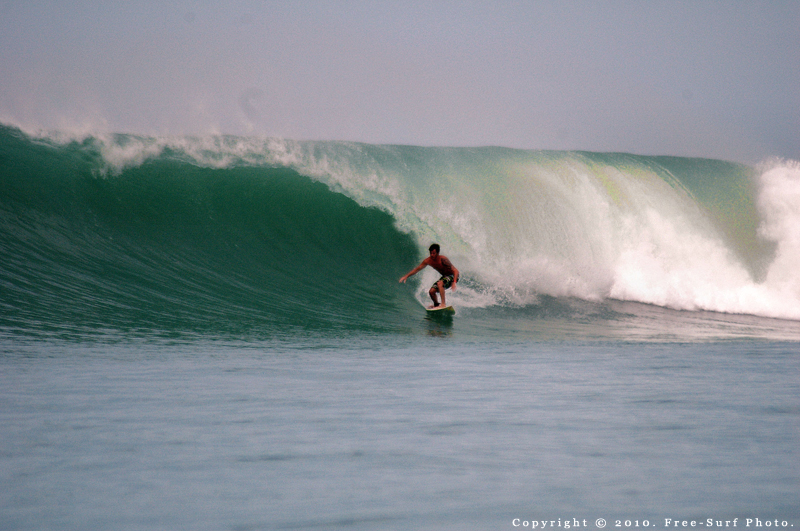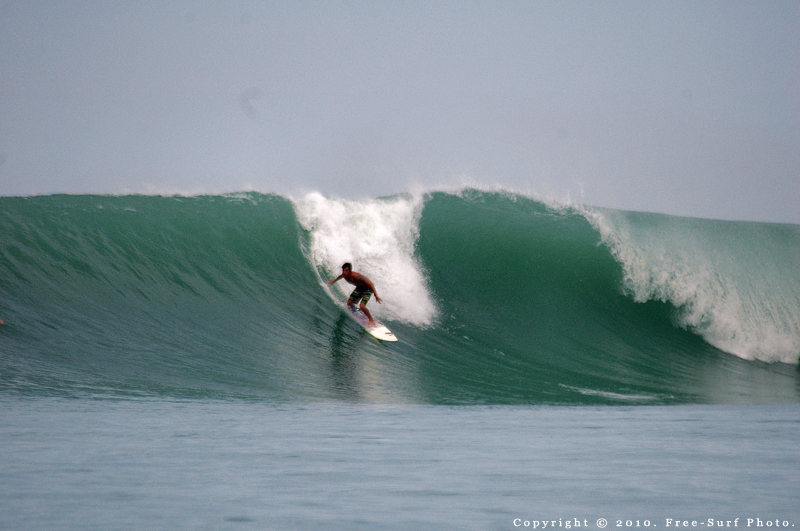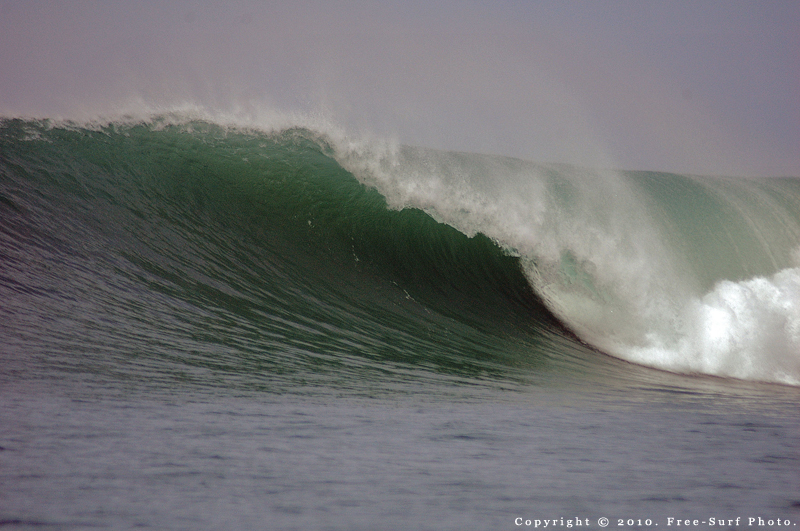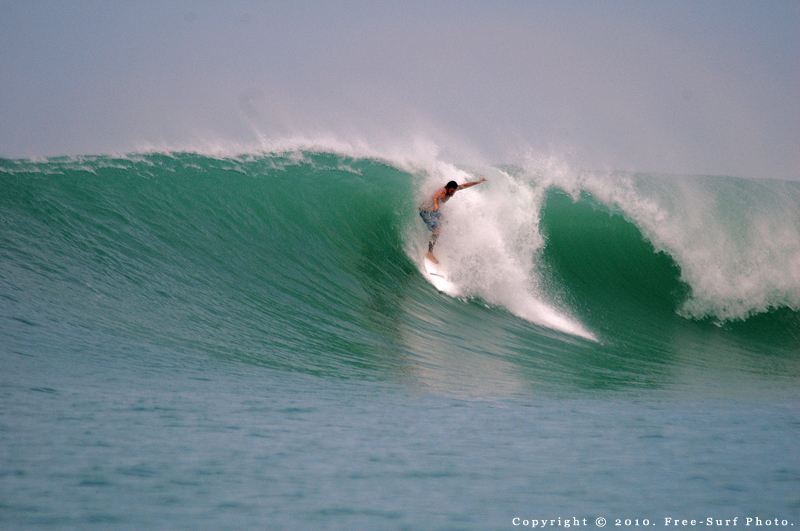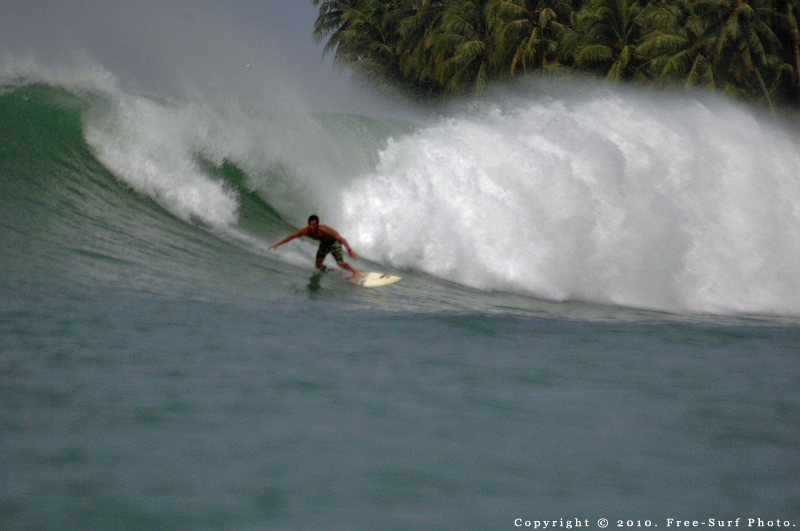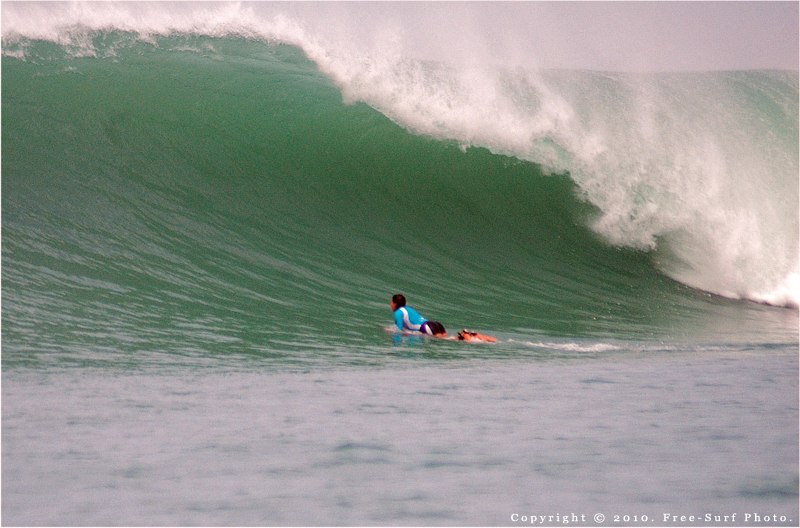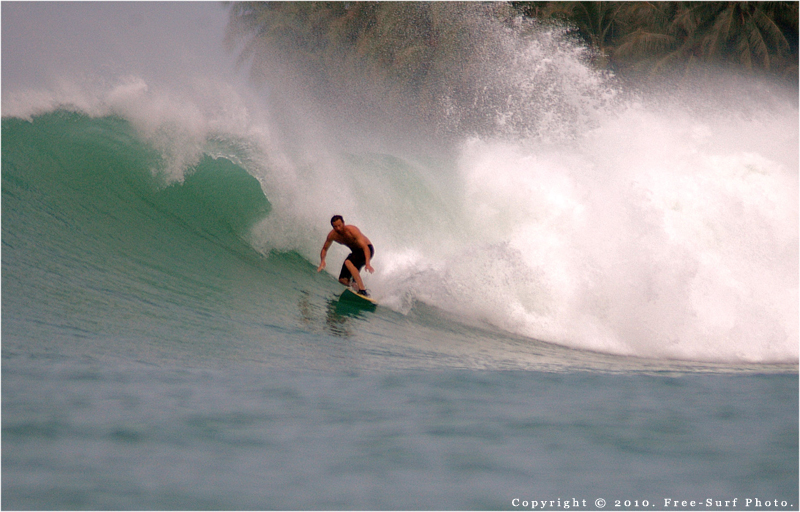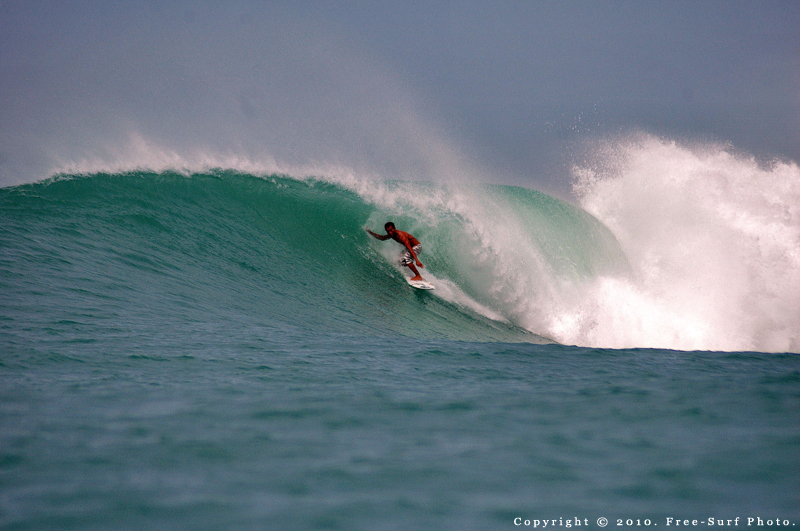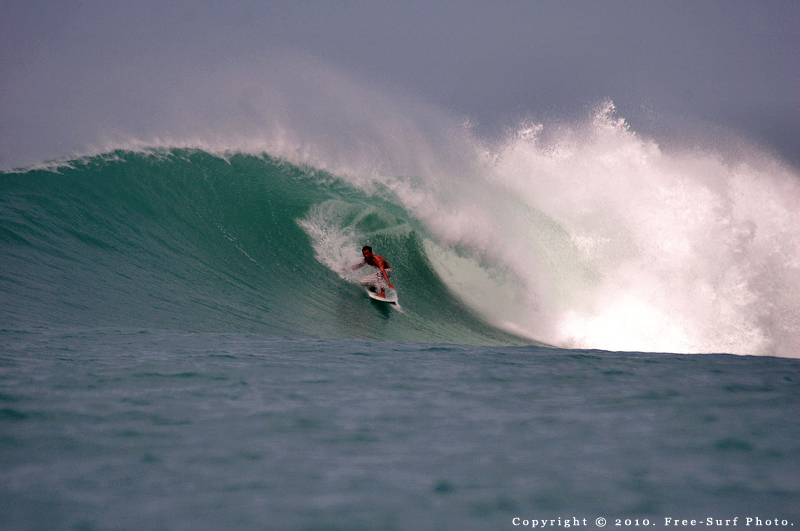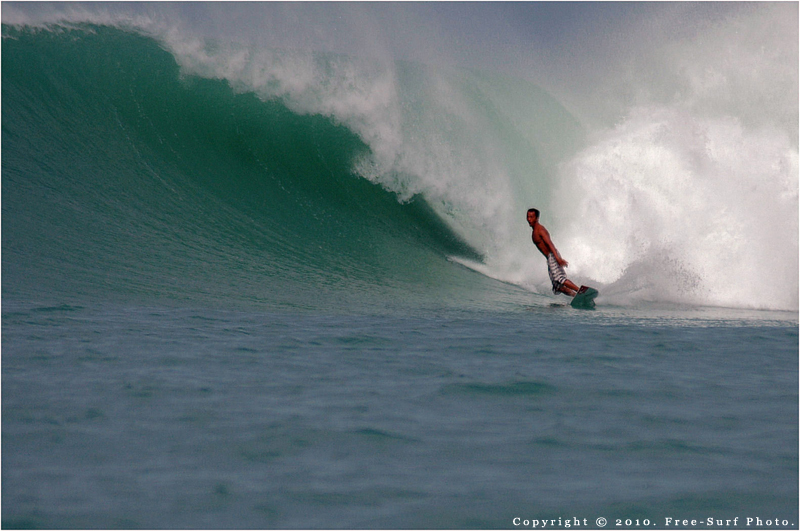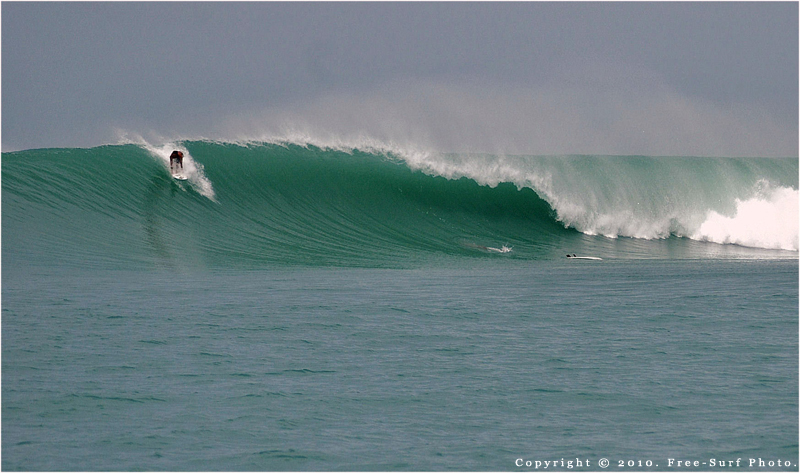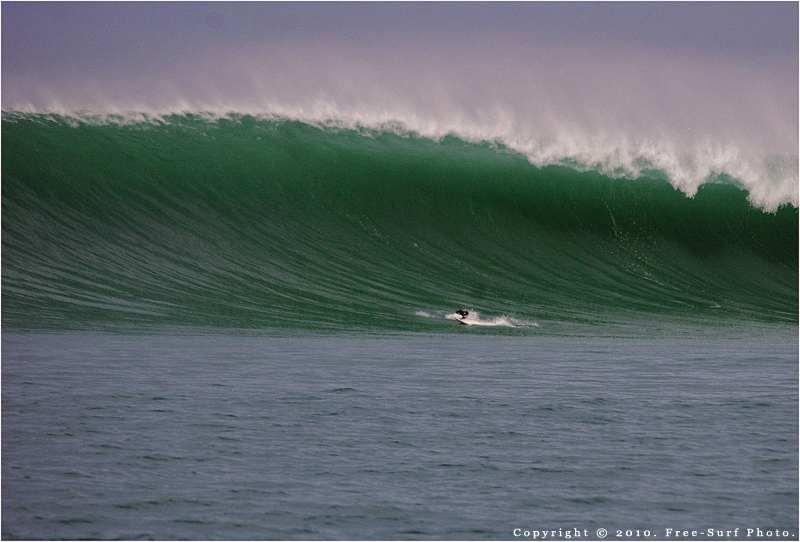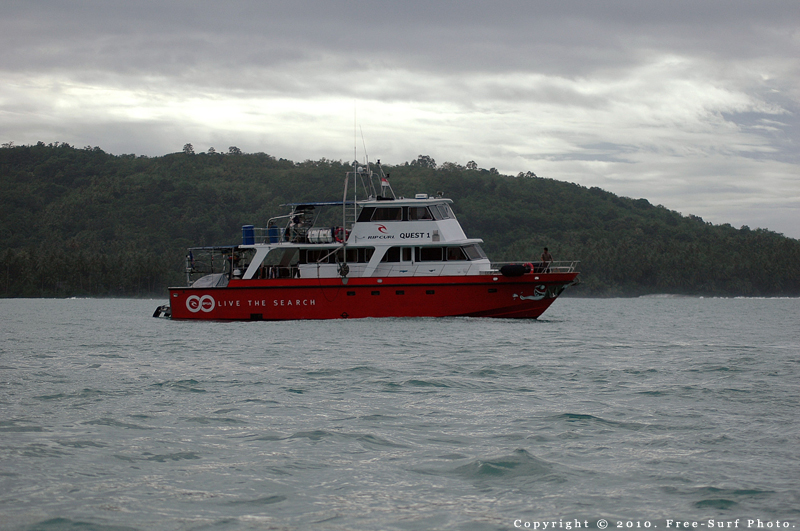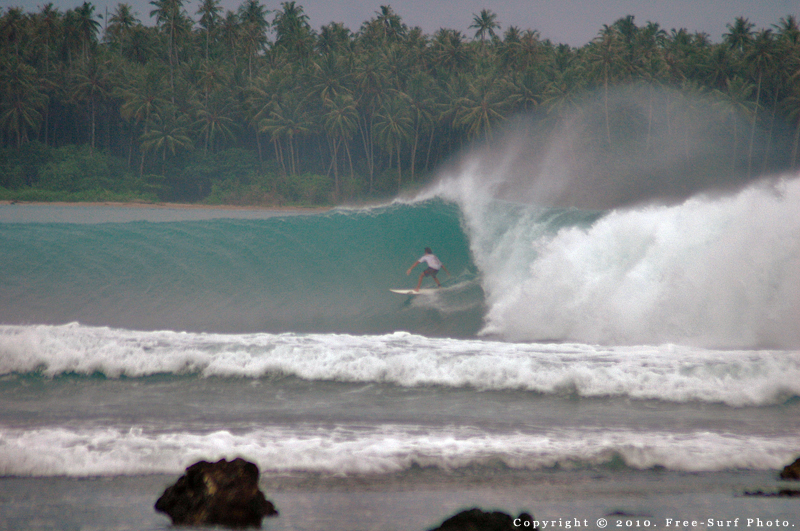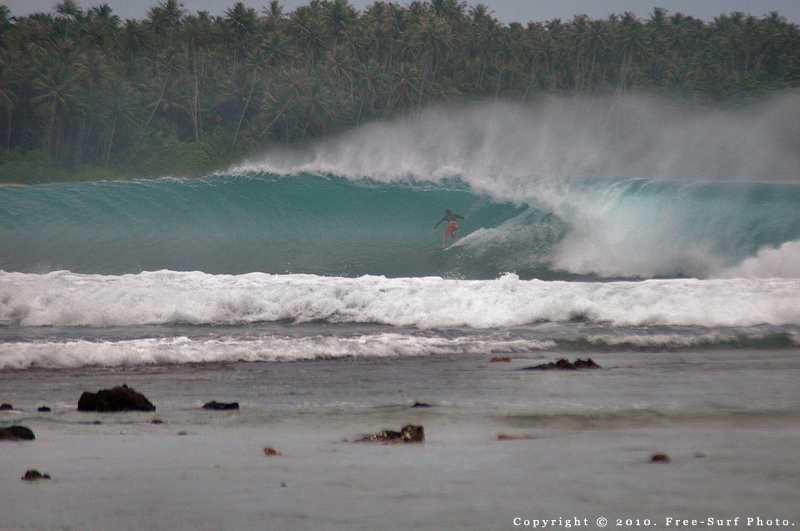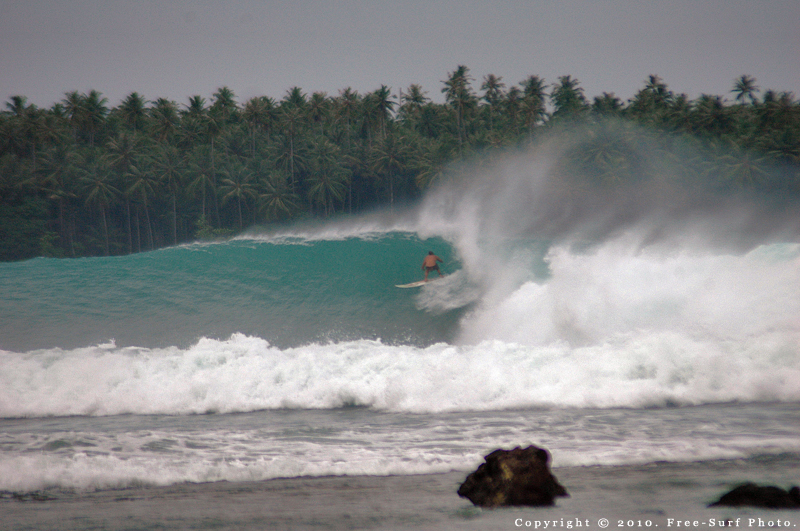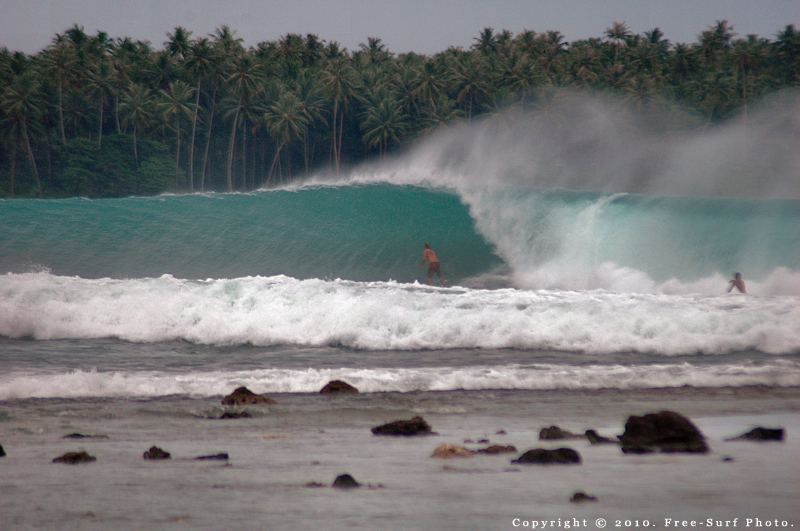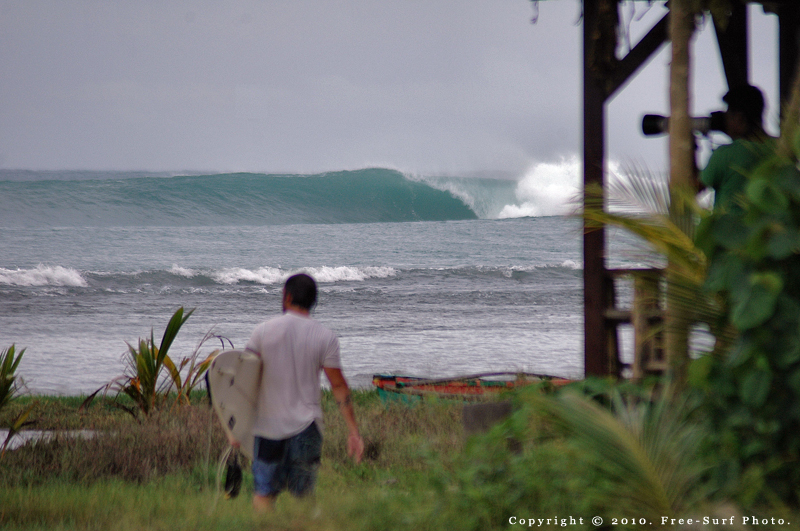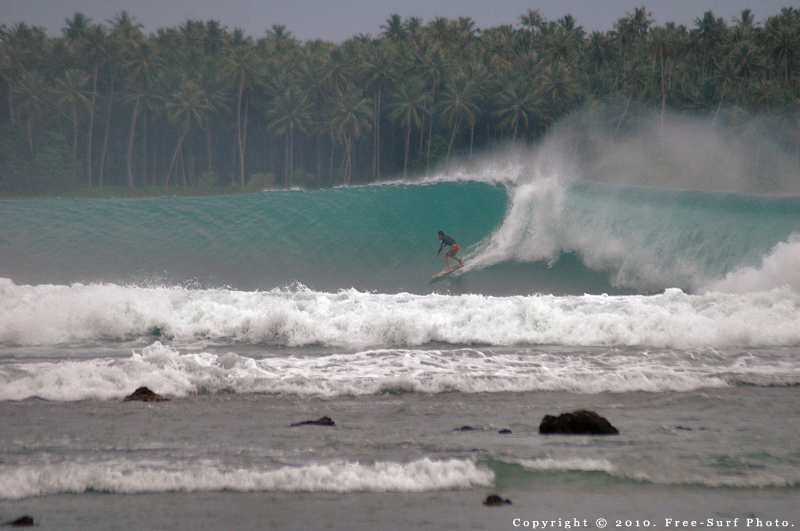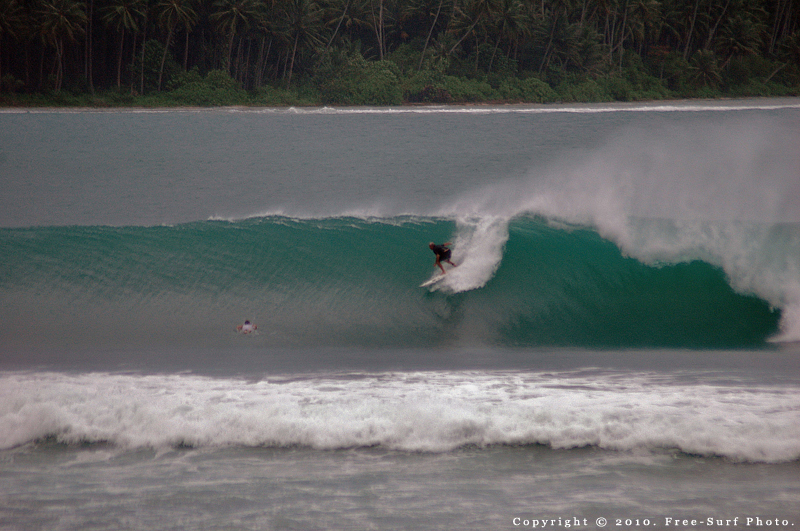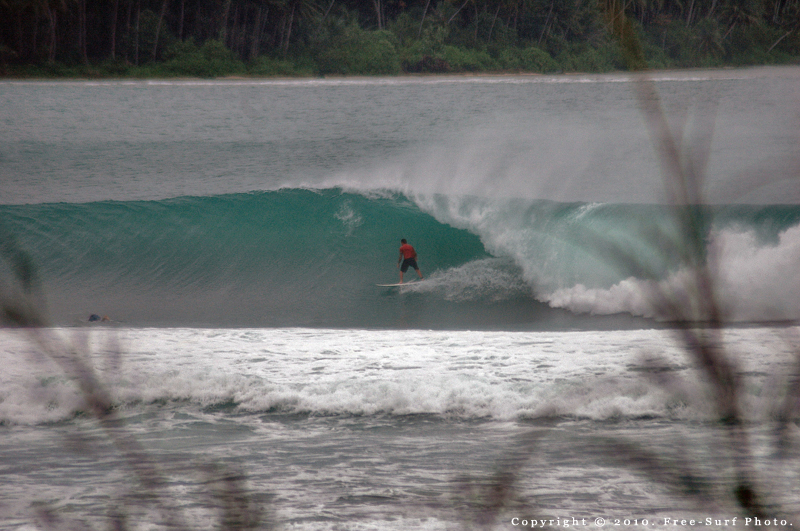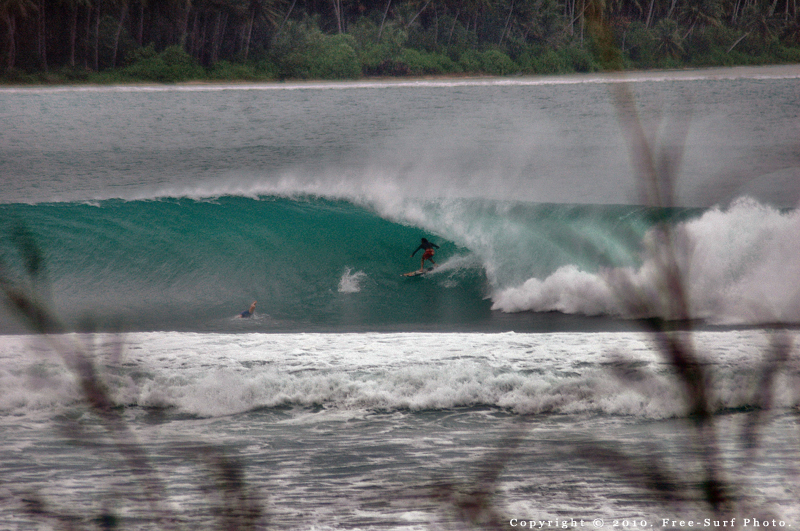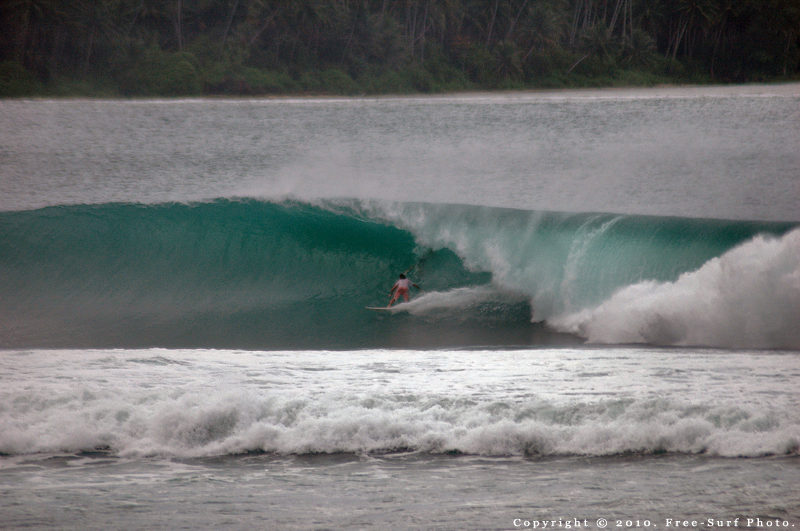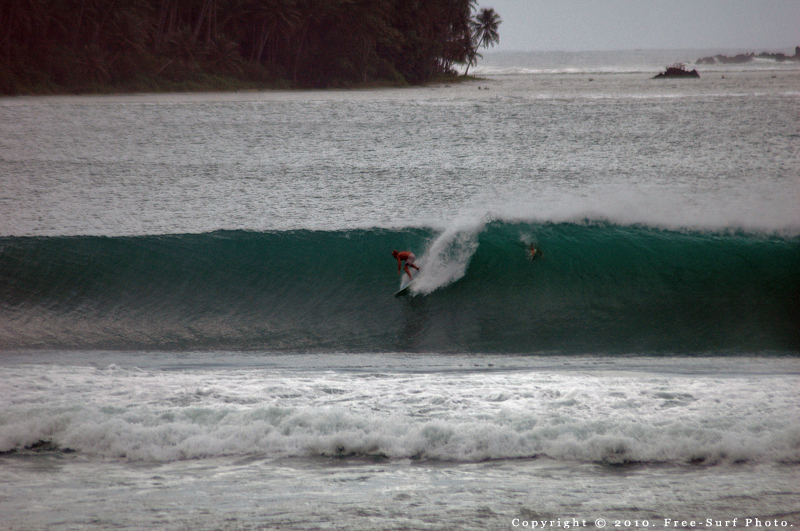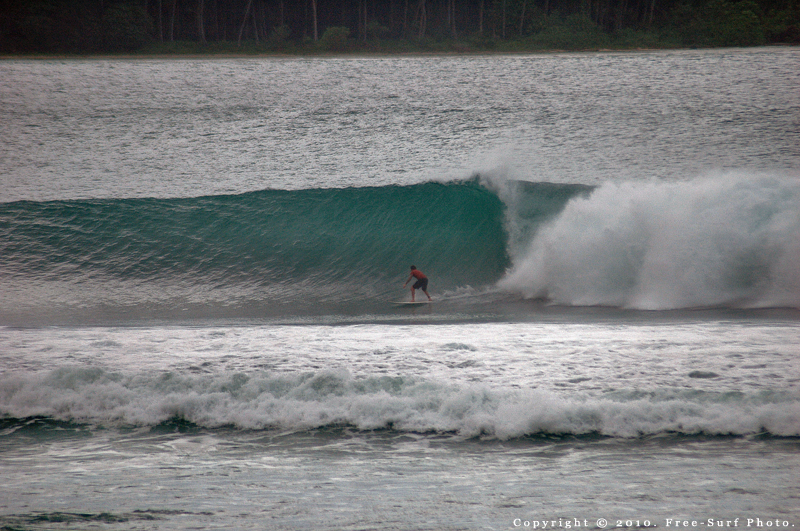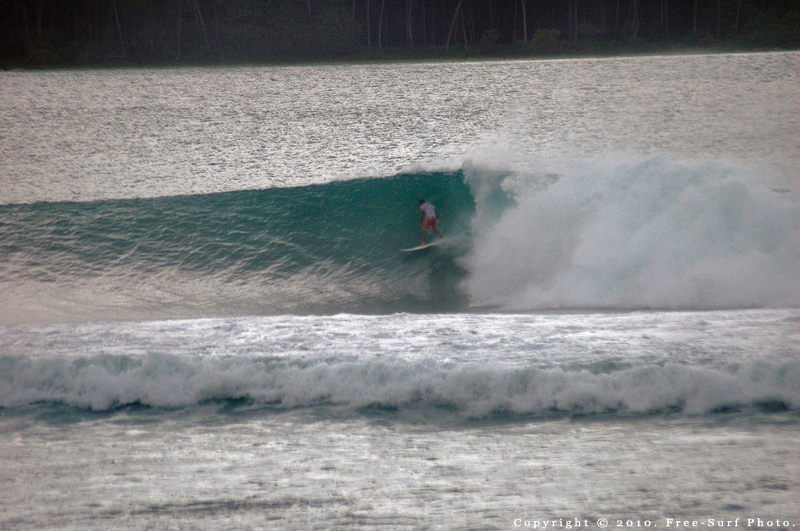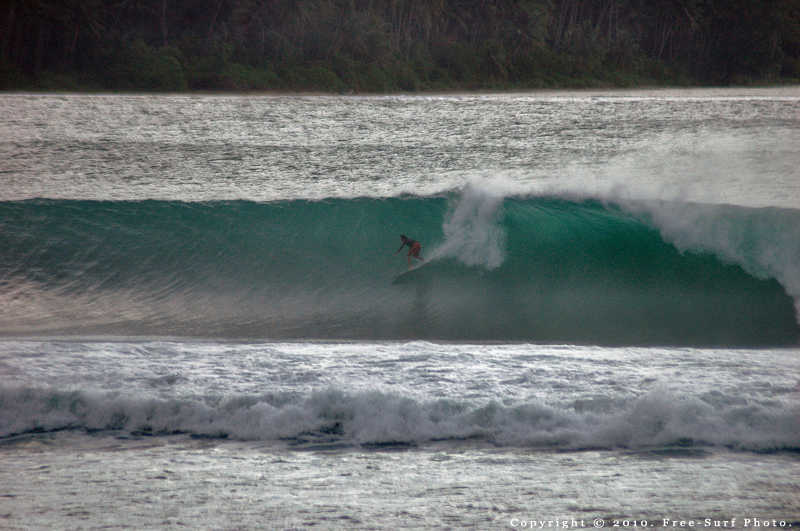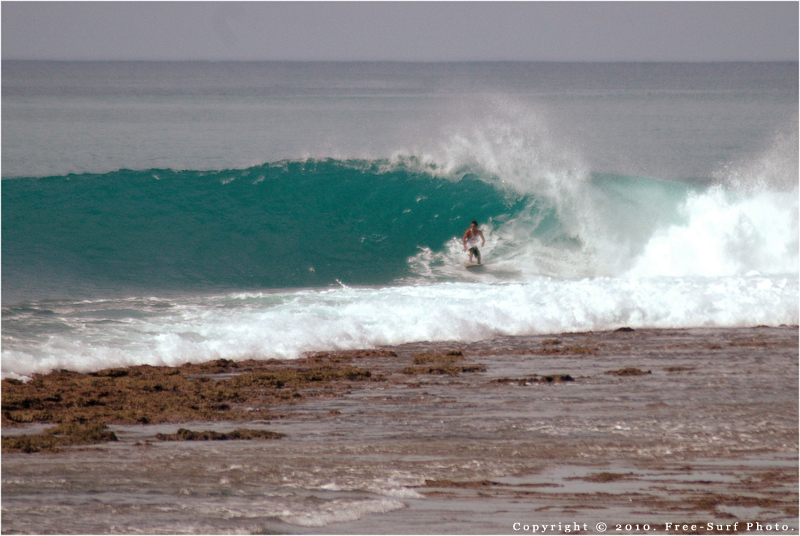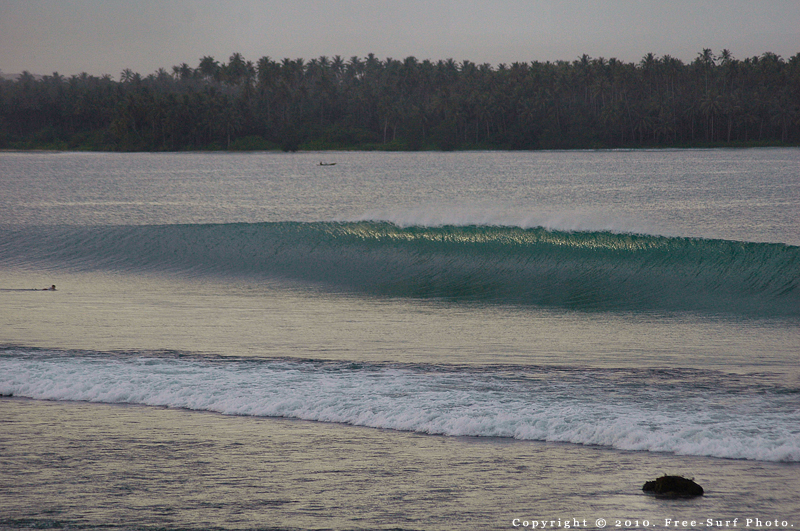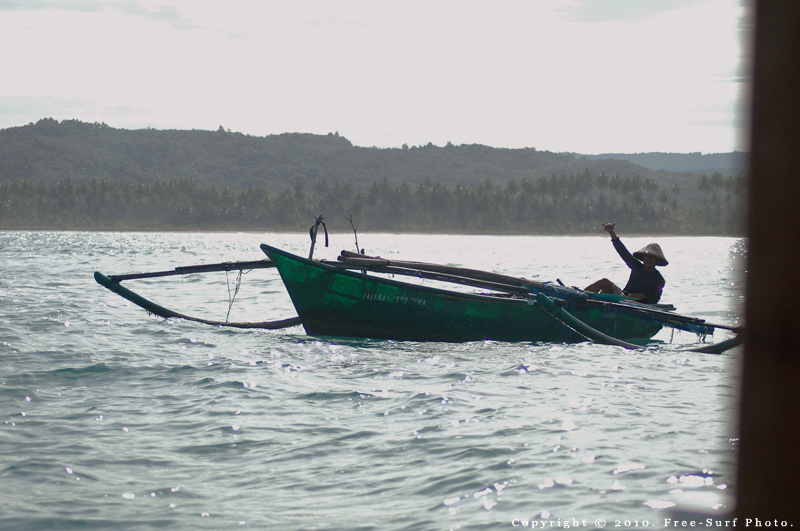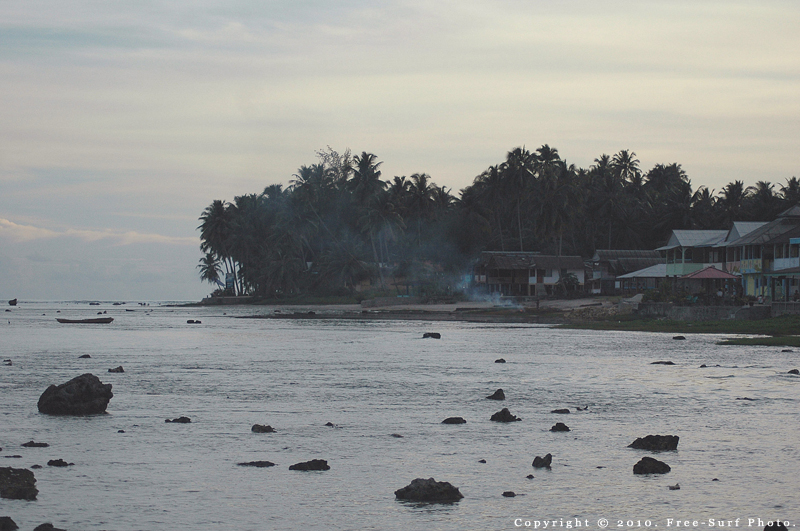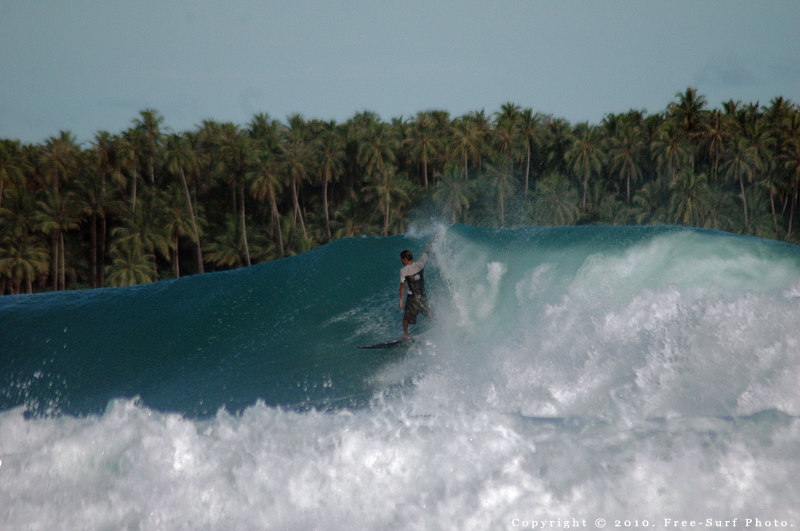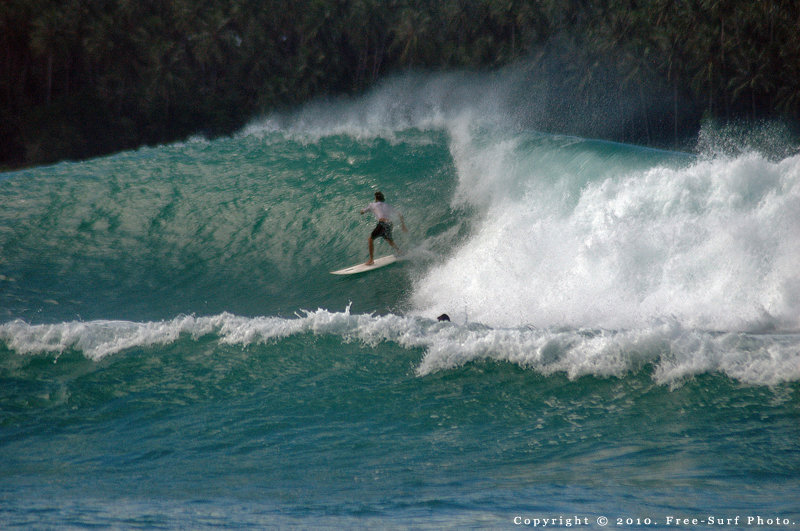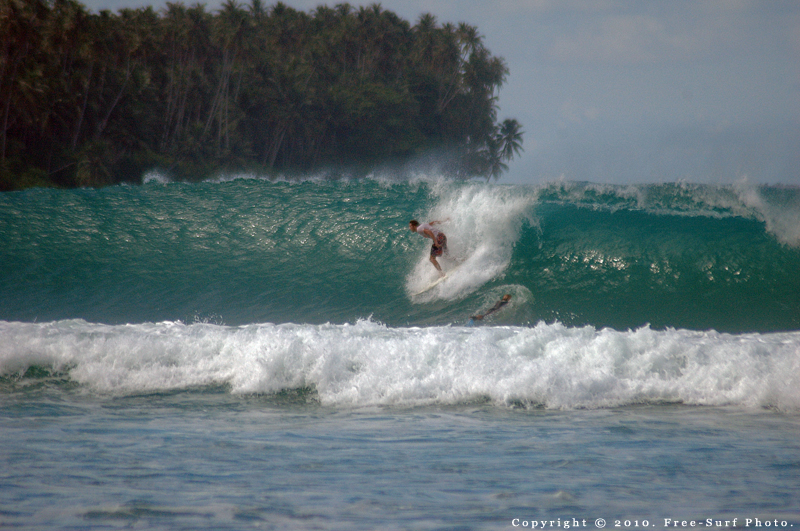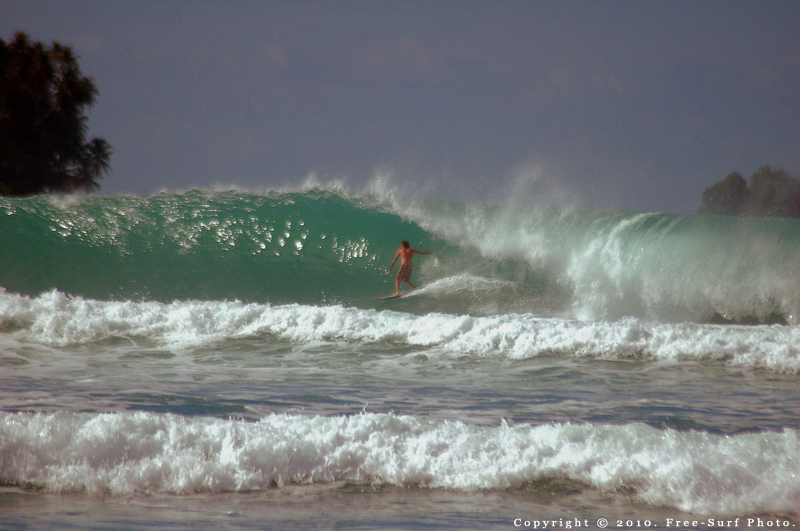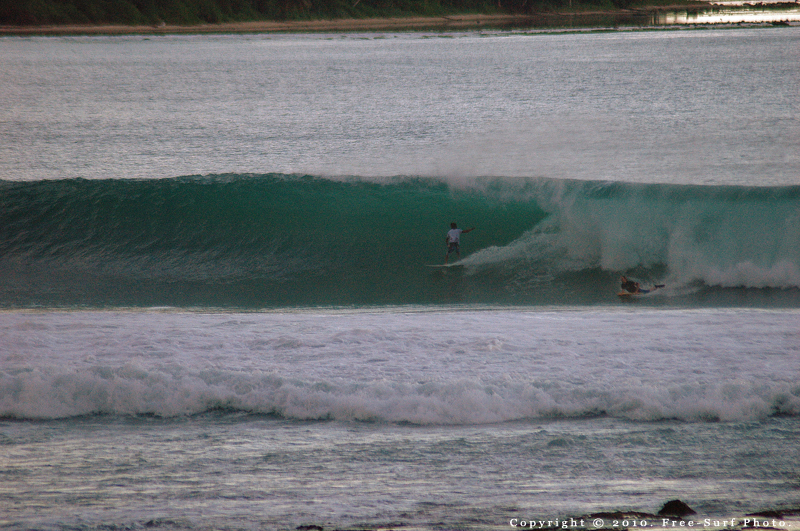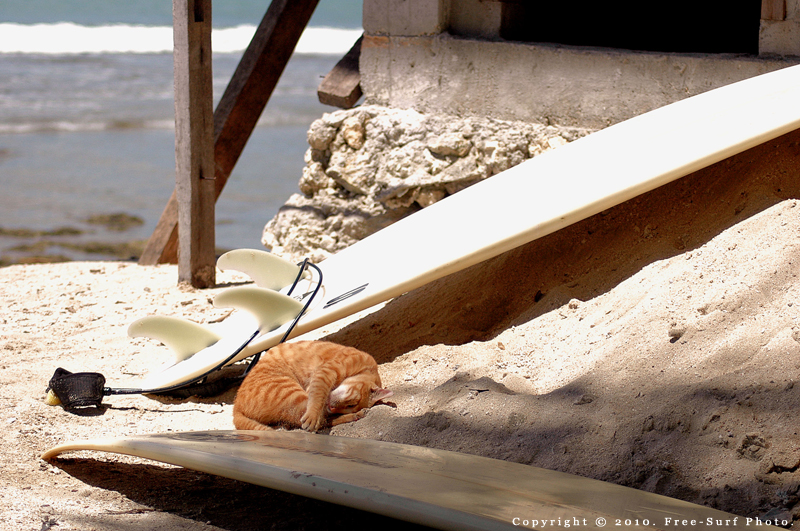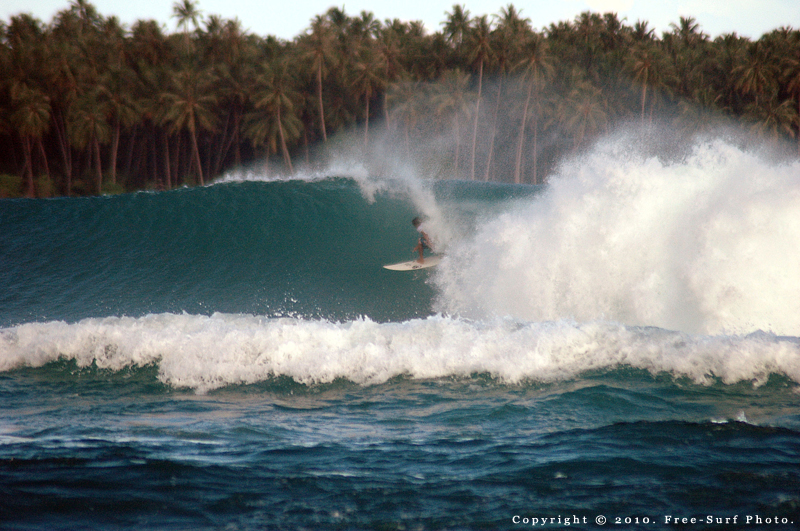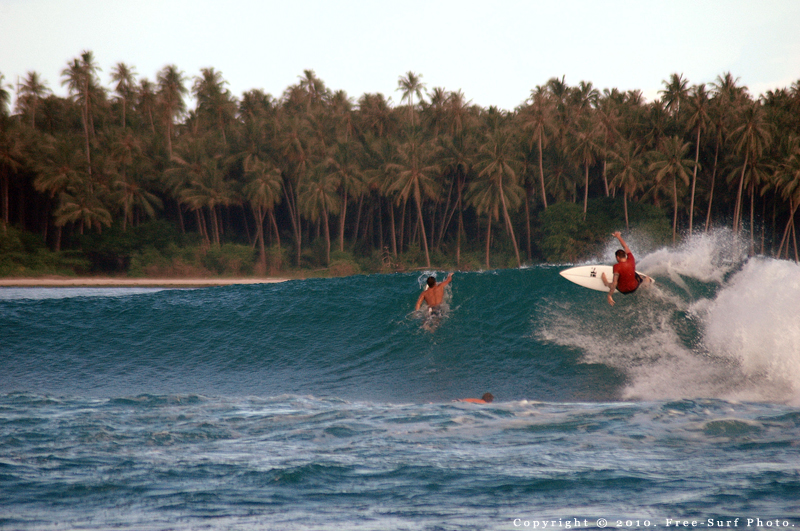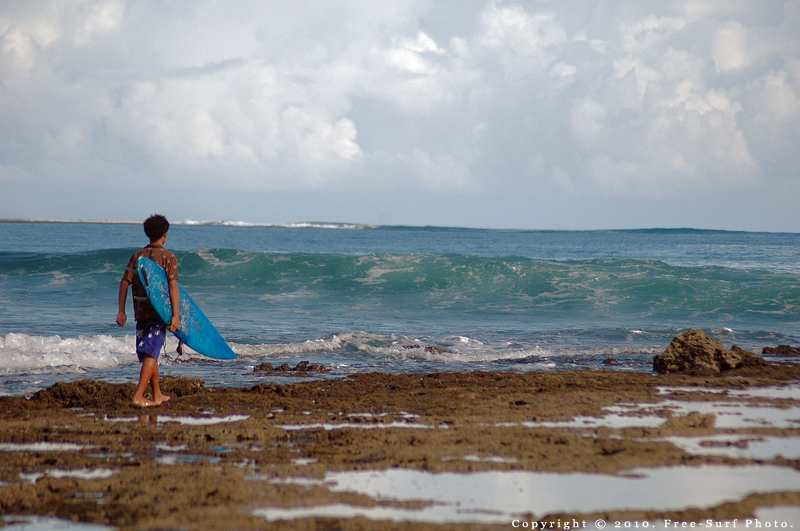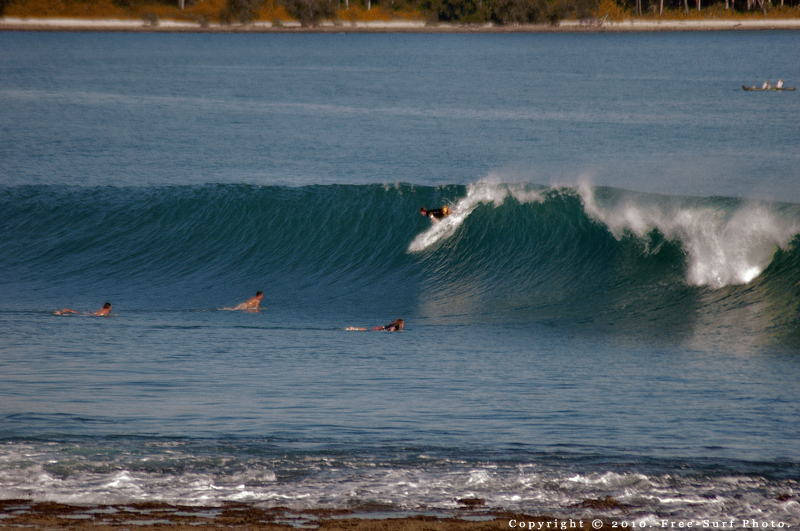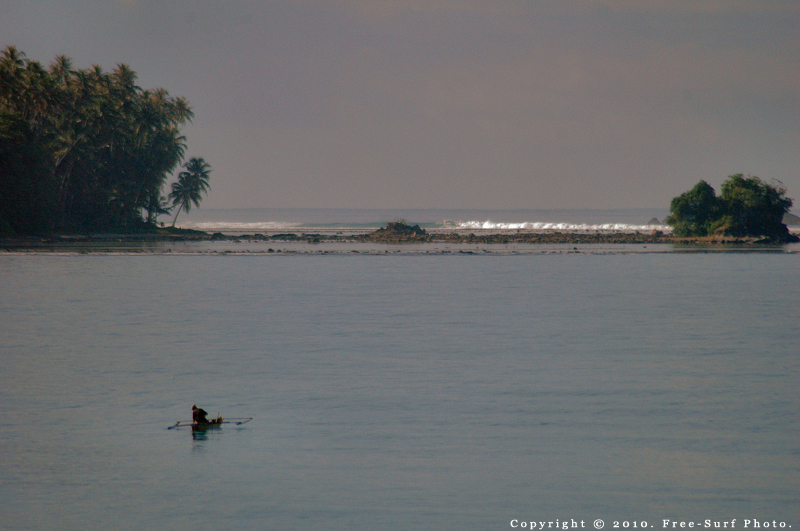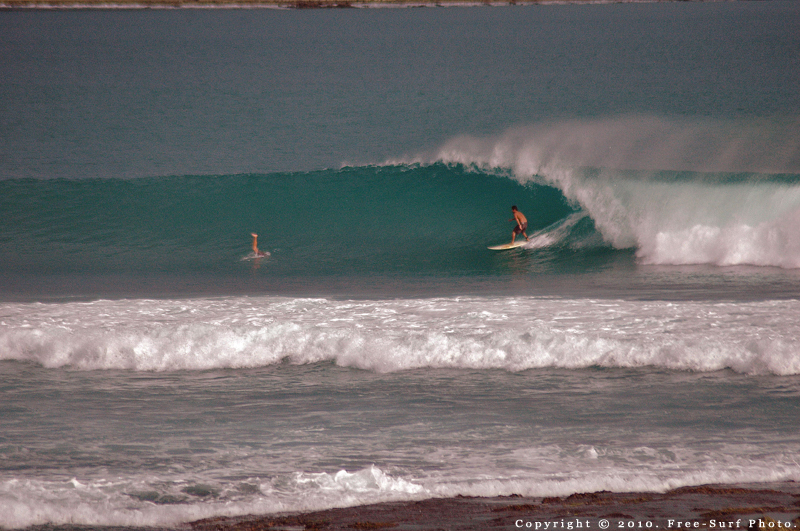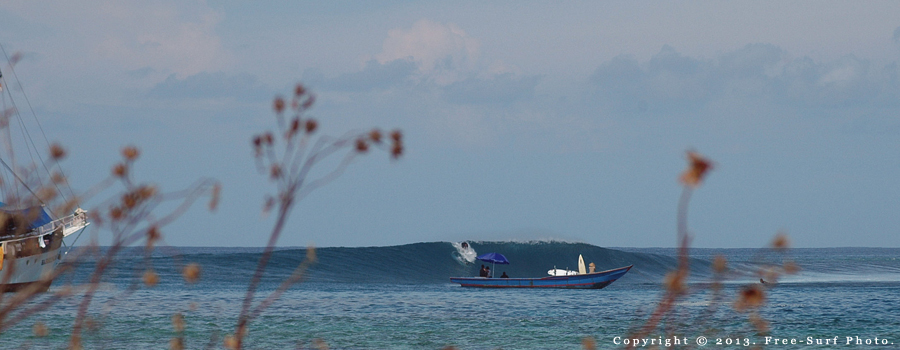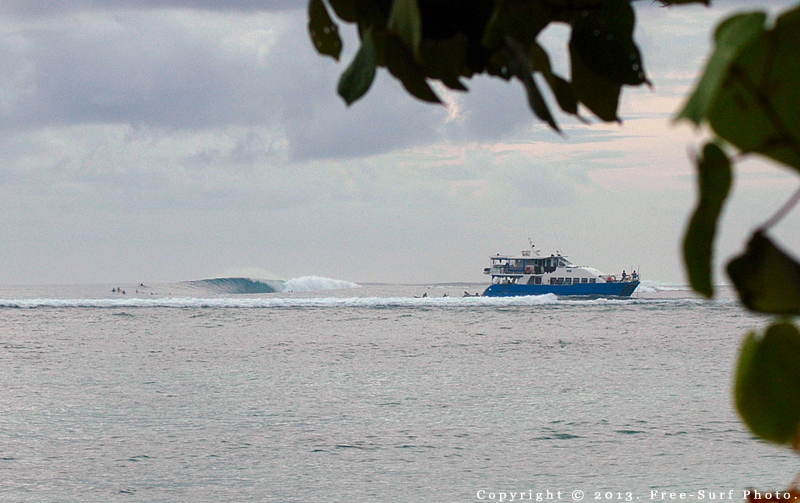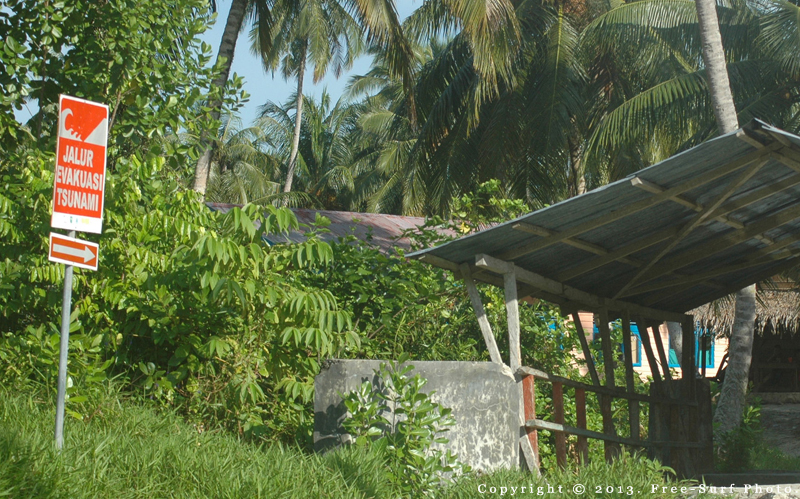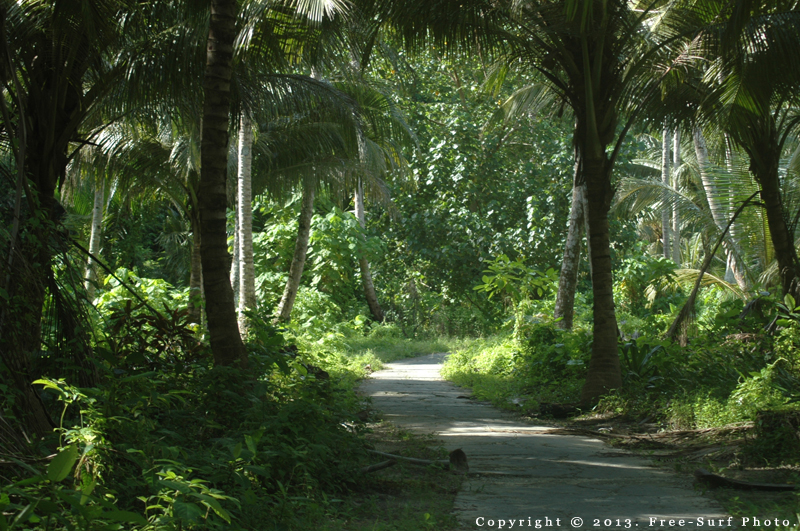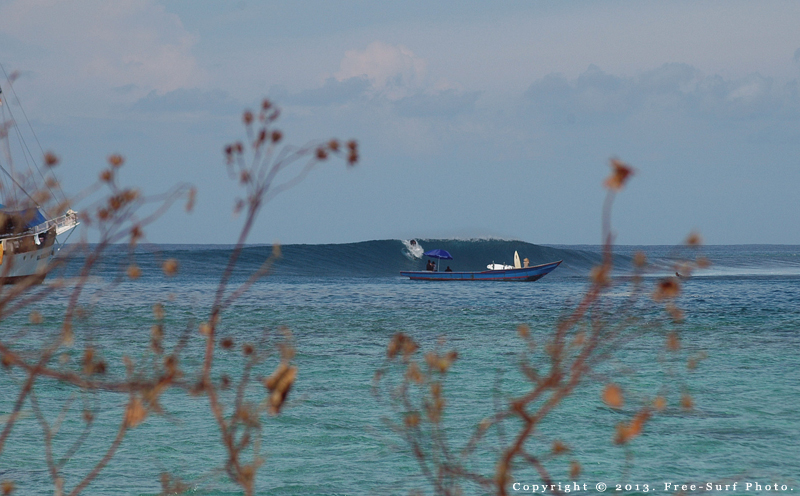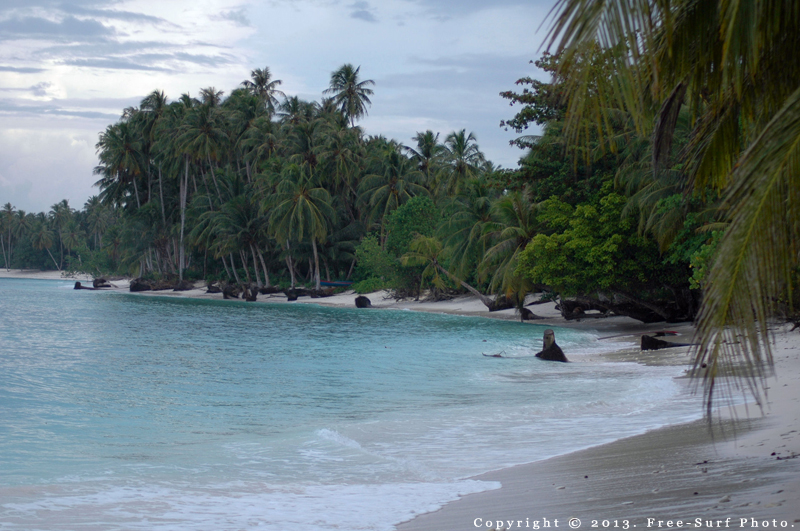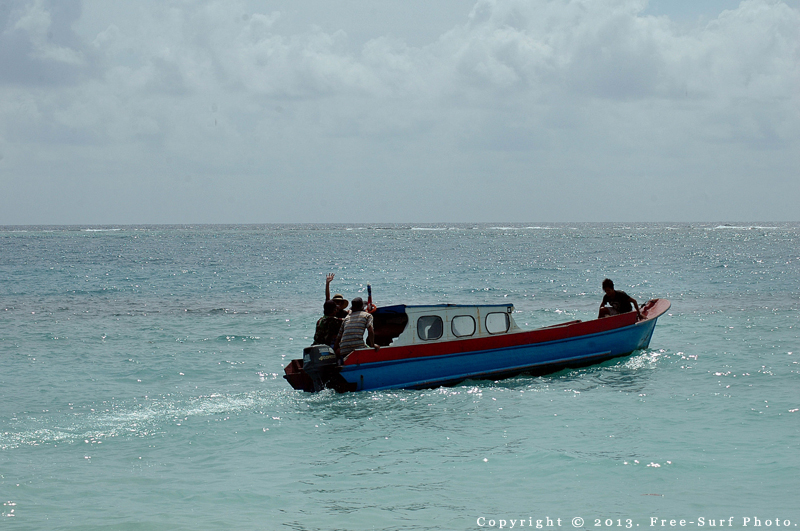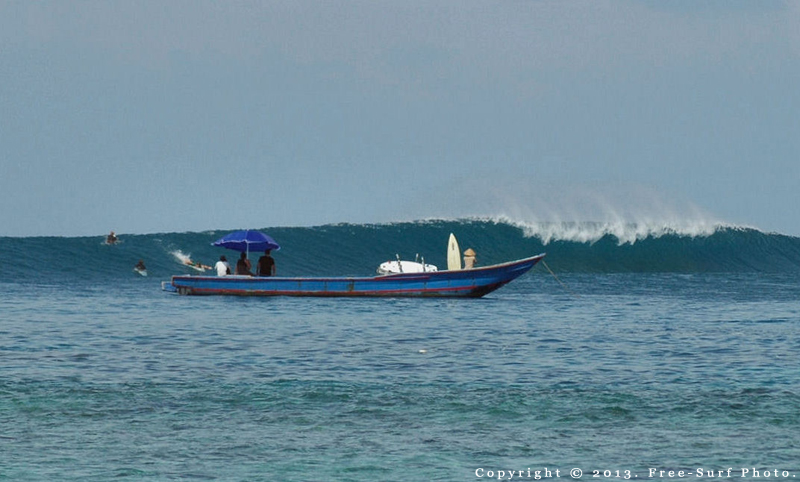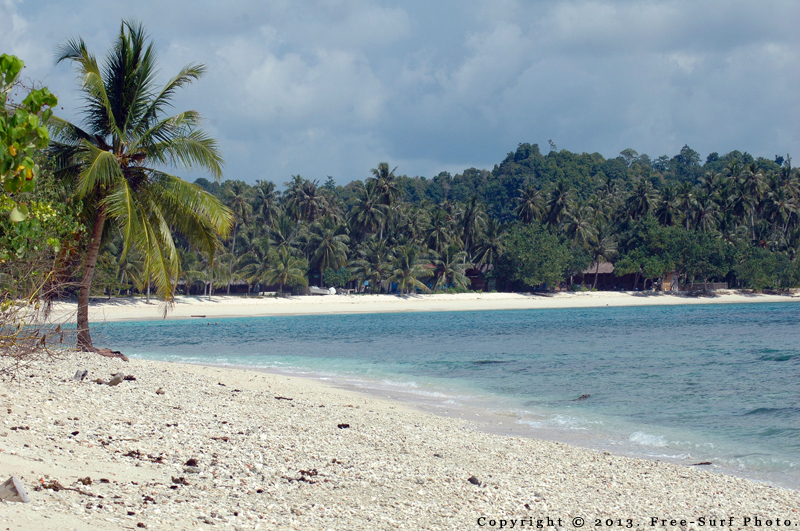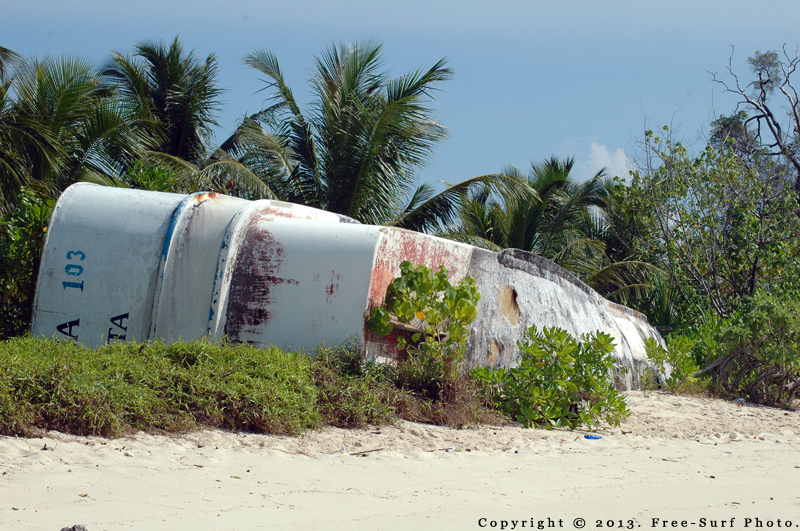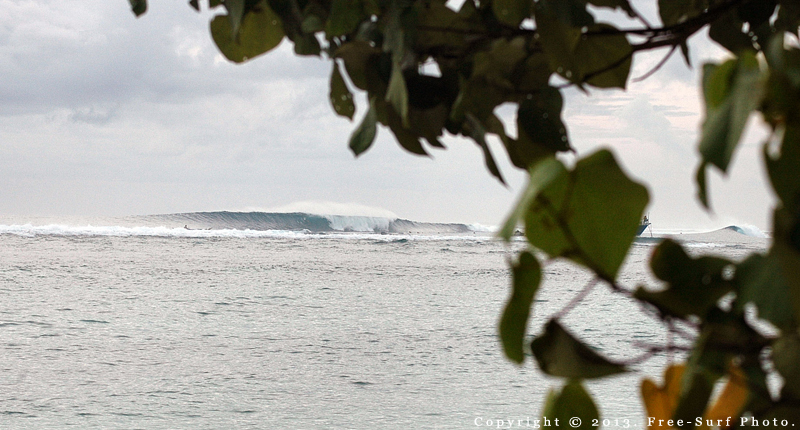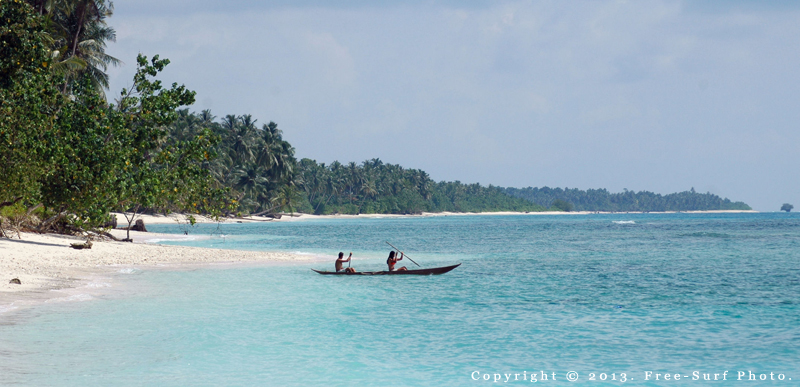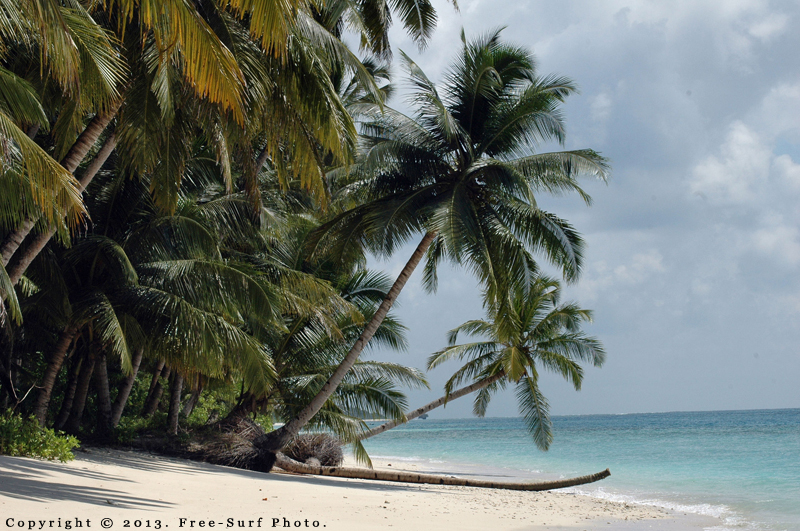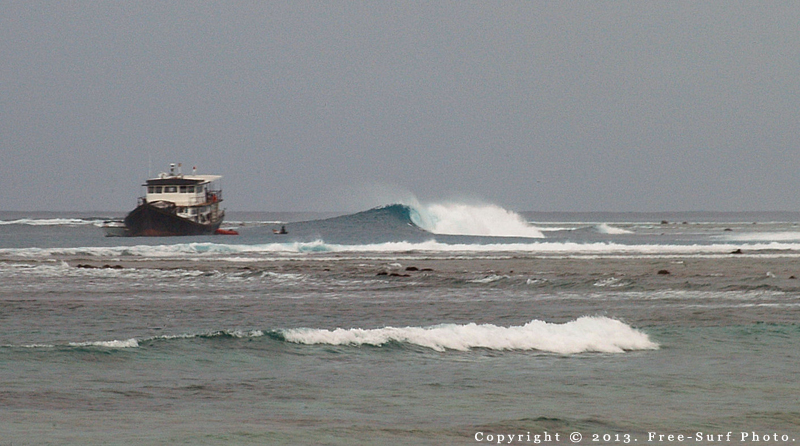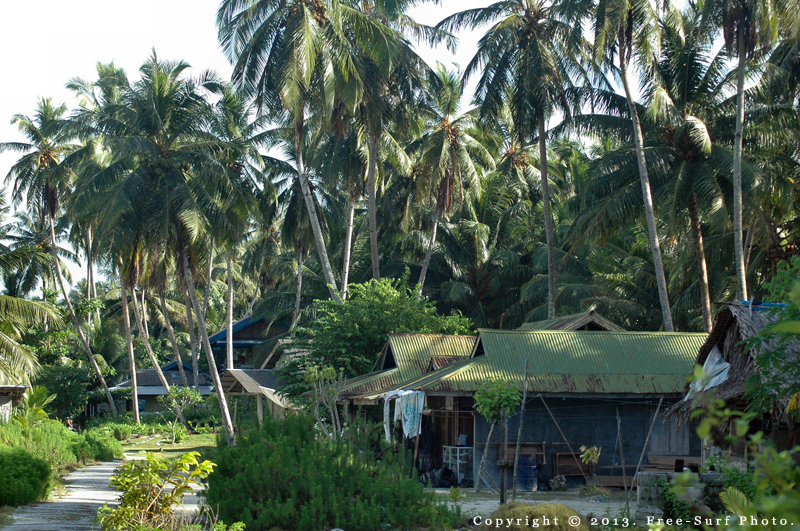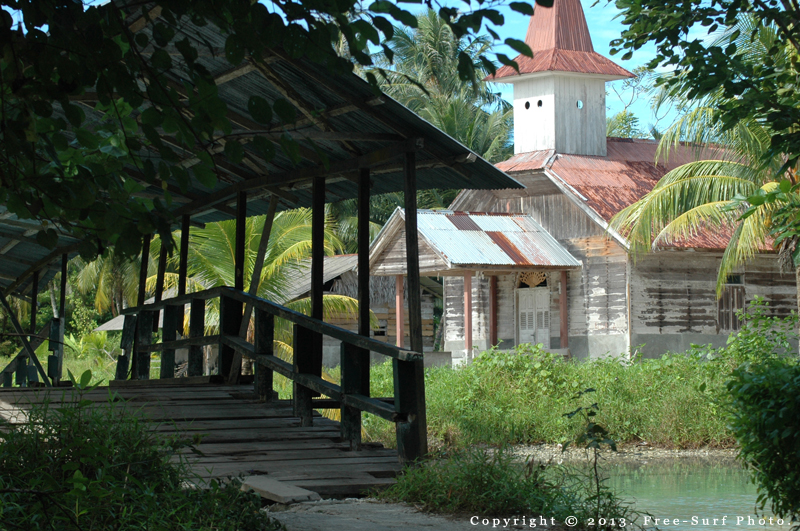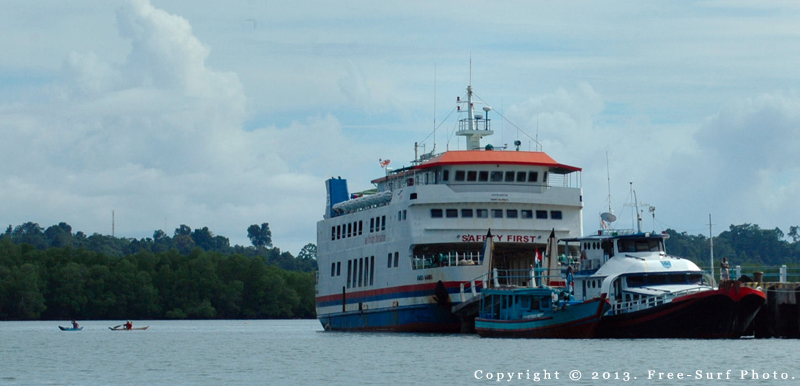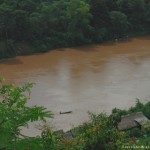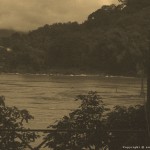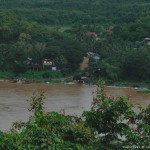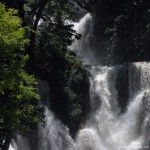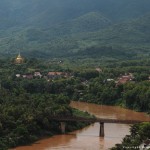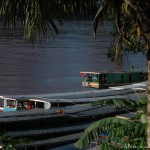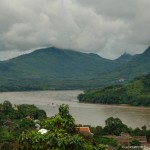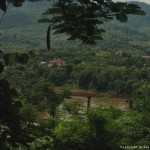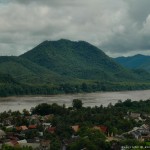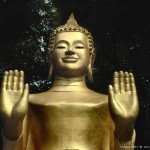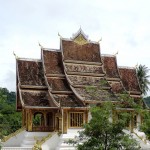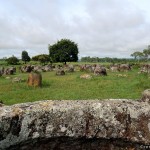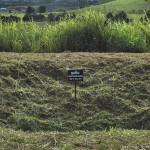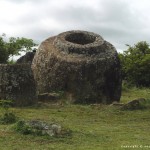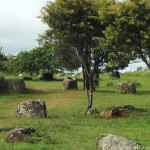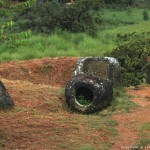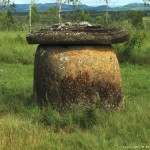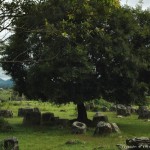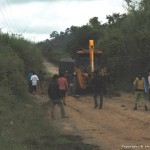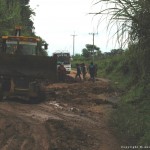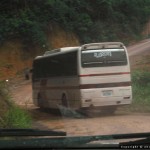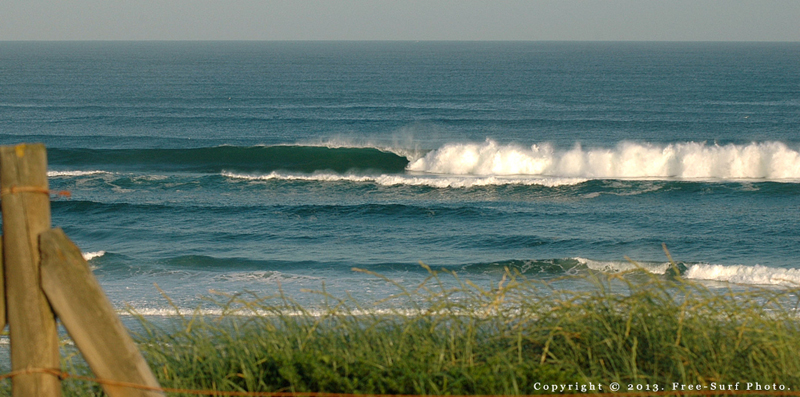Author: admin
Indian winter
Dirk, Petra, Ruth, Qumaira, Stéphanie, Tini, Ulla, continuous flow of deep lows over the North Atlantic these days has finally set up a week of swell in the med. You can also score great waves here, like anywhere else, tracking the swell where it goes. There’s usually a lot of driving involved and a bit of luck as well. Nothing worthwhile ever comes easy.
Normally, we do trips to tropical places, this one was a surf trip at home: long road ahead, heat, sun and pumping waves, all this in the midst of the indian med winter.
Archives: Fiji
Fiji is a fairly unique place in the world: great singular nature scenery, spectacular beaches, friendly and helpful people with true open and sharing culture, and of course the dream place of powerful waves right in the middle of the South Pacific.
In July 2010, the Fijian government decided to open access to every wave in the islands. This meant in particular that anyone could surf Cloudbreak and Restaurants, two of the most famous waves in the world, until then exclusively restricted to the guests of Tavarua island resort for as little as 500USD per person per night. Shortly after what has been called the “Surfing Decree”, I ended up booking all flight tickets to go there while staying in a very cheap place. Followed one month on a trip by myself in august at the peak of the South Pacific swell season.
Cleopatra
Hard to be excited about the last days of swell while many people are affected by the aftermath of “cyclone Cleopatra” which has severely hit the island of Sardinia last week. High water temperatures in the Mediterranean sea have created the conditions for a low pressure system to take up enough energy and organize itself into an extratropical storm. This combined with a slow moving center produced extreme rainfall over a localized area. The equivalent of six months of rain affected Sardinia in less than twenty four hours causing massive flooding, significant damage and the death of 16 people. Italy declared a state of emergency after what turns out to be one of the largest natural disasters over there.
However, this kind of storm is not unusual, even in the Mediterranean. Dramatic weather conditions happen each year especially in the fall/winter season. Meanwhile, a clean swell also pulsed a bit with fun uncrowded waves to enjoy somewhere.
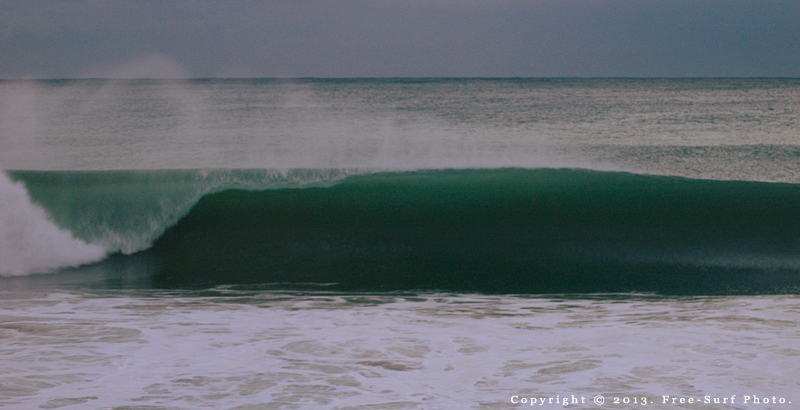
Smoke on the water
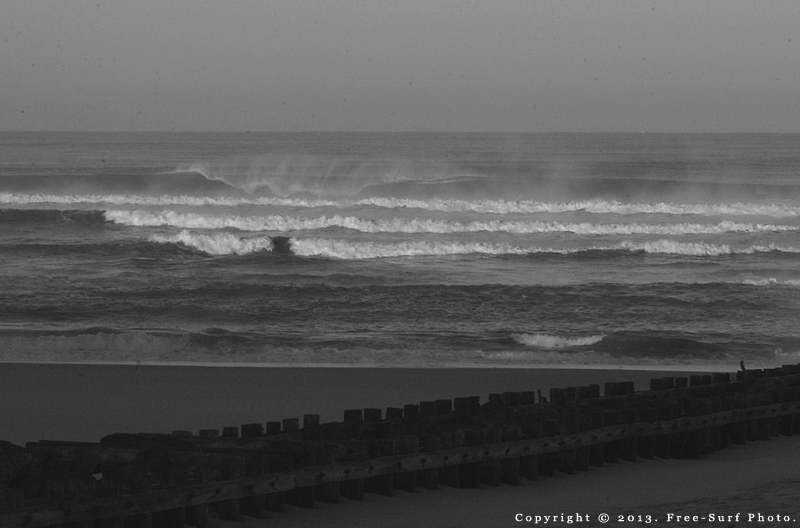
Anarchy in Sorake
– Nias island 2010 –
The calm before the storm?
The 2013 Atlantic hurricane season, which forecasters had predicted would be a very active season with six to nine hurricanes, turns out to be one of the calmest on record. Although the number of storms is above average, their intensity hasn’t matched the forecasts. September is generally the most active month of the hurricane season, with the average peak in activity occurring on September 10. The season to date has produced nine named storms of which two have become hurricanes. So far, there has been no major hurricanes of Category 3 or greater. Some experts assume this could be due to a lot of dust and dry air blowing off the Sahara, bringing unfavorable conditions for nascent storms to organize.
Late starts are not unusual. Last year, the season was an average one until when Sandy became a Category 3 hurricane that wrecked the U.S. shores around Halloween. So is it sort of the calm before the storm, or an objection to those theories on global warming causing extreme weather?
What is sure is that we’re still far from confident knowledge in climate physics and prediction. Meanwhile there has been a few days of decent swell lately, but that’s a little below September standards of consistency.
Insights from a remote island village
Another disaster in the news today: a ferry caught fire after one of the passengers dropped negligently a cigarette in a trash, 6 dead, 7 missing. Two days later, another one capsized from the impact of a large wave, four people were confirmed killed. The number of ferry accidents due to rough seas, overcrowding, poor maintenance, lack of safety or negligence, is scary over there. Our boat rather looks in good condition. On its front stands “safety first” in capital letters, but it rather sounds like a cheap attempt to restore a measure of trust. As we are in the process of being loaded with goods and people, time is long waiting for the overnight crossing to begin. A couple of Portuguese and I seem the only orang barat (westerners) on the boat, so we naturally start killing time talking and getting to know each other. It is their first travel to the islands and I try my best to describe the wilderness and beauty of this place, as far as I can remember from my first trip ten years ago. As the boat is always crowded, finding and keeping a place for the night is a gambling game. There is no rule, bodies end up cramped together with baggage on the floor, you need to fight for mattresses. Evening falls slowly marking the end of a hot sunny day that at least should let us hope calm seas, albeit a long, uncomfortable time till our promise land of perfect surf. Paradise looks a long way off in the experience of pragmatic reality.
I happen to negotiate a not so bad sleep having found a tiny space to lie down and rest on the upper deck. We finally arrive at dawn to our port of destination in the capital of the island, warmly welcomed by the local boatman in its funny, hard to get, casual English. We come to understand that five other people are surfing in the nearby area and we have to pick them up before leaving for the remote village which is the real purpose of the trip. When we find them some time later, they are surfing a picturesque left breaking half a mile off the coast. There is a couple from Canary Islands and three Australians that have been wild camping in the islands the last few days. One of them is a long time visitor and has a range of stories to share from the few months he has already spent there this season. His back is covered with mosquito bites, each the size of a bean. I don’t want to mess with mutants and resolve to buy more anti mosquito, in addition to the provision of cream, anti malaria pills and bug net I already have. After a long process of packing their stuff on the tiny longboat overloaded now with ten people, boards, bags and camping equipment in the middle of gasoline tanks, we leave two of them at the harbor and let them try their luck with the ferry back to mainland. It is finally time to move to the village. As dawn breaks a few hours later, we are coming to the end of a long journey. Barely off the boat, we eat and collapse in our beds.
With a local population of maybe 300, the village comes from one of the poorest and most disadvantaged communities in the country. These islands have been overlooked for long by the authorities because of their isolation and lack of resources. There is no infrastructure, no job, no car, no real road, no running water or electricity, no food store, no fridge, … Local people has maintained a traditional lifestyle that derives from a genuine rain forest culture shaped for centuries by living off the land. Most ongoing needs come from the natural resources provided by the tropical jungle and ocean environments. Recently, the islands were affected by a tsunami that caused widespread destruction and hundreds killings. Wild weather conditions and surrounding environment, tropical diseases and lack of medical care are many factors that unsettle life in this region. A medical aid agency recently brought important health improvements in the village achieving a significant decrease in malaria cases which used to kill one in four children just a few years ago. It takes a little walk in the village to realize the adversity of those living conditions, which is in striking contrast with the abundant generosity and humanity people show naturally over there. Travelling underdeveloped parts of the world always comes with serious questionings about western excessively materialistic and self-centered values. I finally decide to take the opportunity offered to stay in our boatman’s family in the village to try to learn a little from this side of the story.
Located at the southern most part of the island, the land is made up of dense tropical rainforest surrounded by endless beaches and fringing coral reefs. This southernmost situation makes it exposed consistently to a variety of swells. The village actually faces back the dominant swell direction but a special configuration gives rise to an unusual refraction effect which results in a mechanical right-hander peeling flawlessly along the reef, and breaking as a tube that can reach an impressive perfection. At about an hour’s walk on the opposite side stands a consistent quality left made up of a variety of sections producing anything from barrels to walls to carve. Both waves provide an interesting ability of wind complementarity: when the right is bad, the left is good and inversely. As you need to go one side or the other depending on the wind, every day much time is spent walking narrow trails across the village, steep cliff, beaches and humid heat of the forest loaded with board, food and water in search of the best surf to score.
However, surf perfection here comes with an added cost: a fairly shallow, sharp and occasionally emerging reef. There is nothing relaxing about surfing there and everyone pays local taxes to the coral bank at some point. On a falling tide at the left, an unfortunate guy got slammed head first to the reef ending up with a nasty head injury. It takes hours to reach a doctor on the island and a lot more for serious medical care on mainland. Shit gets real fast in the middle of nowhere. More than anywhere else, the hard part is to build up local waves knowledge and try not to overlook some risks. Early waves are intended to get used to the conditions and after a period of adaptation, it comes naturally to pushing it more on a good day at the right. Paddling hard for a first wave on a promising set, I make the drop, set up a quick bottom turn and pull into the face to be instantly covered up by a super fast running lip. With no time to rest, I’m racing the barrel all the way to the channel, ending over a more elevated part of the reef awaiting to see me fail. Kicking out properly, it’s super shallow and I paddle back out right away to avoid getting caught here. Building on success, I paddle into a second one a few minutes after, it’s quite much the same story and I end up just a little bit deeper. A form of selective amnesia builds on increasing self-confidence and I become less focused on the reef. On the few ones I didn’t make later, I did my best to avoid damaging the reef too much. With the variety of waves and conditions, there are many other sessions of all kinds, always of above average standards. Quality surf requirements are usually what we are ready to travel widely for. This applies especially here, even more in this playground of unspoiled wilderness.
Now that I’m back, I come to realize how a true local perspective added meaning to this trip. As travelers, we should better account for our responsibilities in passing these untouched parts of the world. Despite the efforts stated by established surf business to support sustainable development here, things rather went wrong in ten years. It is now saturated with boats, full of guys paying a steep price, and land resorts are going the same way. Apart from the joy of playing aggro with crowds who want to see value for their money, there are critical concerns over the development prospects of the region. All this became a serious business but the resident population benefits little or nothing apart from a few basic jobs as crew members, resort maids, and cooks. After going there twice and considering past examples, it would be naive to think that the situation will turn into a positive outcome for the locals. Not much I can do at my level but I’m pretty happy that I did not contribute to grow unfair corporate profits and gave back a little to the communities instead.
Indochine
First time in Laos was in 1993. Twenty years ago, the country was much less open, it was a challenge to get entry visas and nobody could travel further than a few kilometers around Vientiane without strictly controlled authorisations. The country was under a paramilitary regime applying strict control, severe repression and communist propagand with little openness to the wider world. Attacks could occur on some roads (from supposedly rebels) at these times. The regime has become more flexible the last ten years and an economic turnaround occurred, as a consequence tourism and security improved a lot. Lack of openness has nevertheless probably protected Laos from the negative impacts of mass tourism like in some neighbouring countries. Fortunately, the recent changes did not harm so much the original characteristic Lao experience, a mix of great quietness, beauty, nature and culture. Today is the oppotunity to rediscover this place after a pretty turbulent history, now peaceful and getting increasingly attractive at each visit.
Luang Prabang, a UNESCO World Heritage Site since 1995, is a must-see typical and preserved Asia city, long protected by its isolation in the middle of the mountains of northern Laos. The city is situated alongside the broad river-scenery of the Mekong and houses many temples, pagodas, Buddha statues, reflecting an artsy side in many ways. The Mekong cruise to Luang Prabang is undoubtedly the next item in the Todo list for another trip.
The Xieng Khouang area, one of the kingdoms that formed Laos, has also an ancient history that probably goes back more than a couple of thousand years. At an average altitude of 1200m, the province is home of antic megalithic jars of imposing dimensions. Their precise history and origin are still unclear but a broad consensus supports the interpretation of prehistoric funeral practices. The Plain of Jars, sometimes referred to as a south-east Asian version of Stonehenge, is therefore considered one of the most important sites for studying Southeast Asian prehistory.
It is even less widely known that Laos is the country that has been the most heavily bombed in the entire history of mankind, more than Vietnam, Afganistan or Irak. Hundreds of bombing raids were carried out each month on Laos during the period between 1964 and 1973, despite its neutral position. The Plain of Jars was particularly subject to these massive air strikes in the secret war americans never reckoned to have had in Laos. Today we know more precisely about the excessiveness of the US Rolling Thunder program. We also know about their total uselessness as it has been proven that the region was not on the Ho Chi Minh trail providing support to the Vietnamese forces. Thousands of UXO and scraps continue to arm and kill innoncent people weekly, among which children, and this for decades to come. One of the most indignant demonstration of the US and CIA hidden facts and out of proportion abuses in the world.
Wet season is usually an overlooked period to visit since roads are at their worst, but it’s also when the scenic landscape is at its best. Most information found stated that rehabilitation of the road and bridges between Phonsavan and Paxsan was completed end of 2012. Actually a great part of the road is somewhat good (by laotian standards), but I doubt this will last considering the exposure to numerous rock, tree slides and thick mud. About 80km to Paxsan, you leave for a narrow and winding route which is pretty impractical to say the least. However busses, minivans and even trucks take this road daily and many end up totally stuck in the mud at some point. A truly long and arduous journey is part of a genuine experience in Laos.
Post tropical storm Andrea
The first named storm of the Atlantic hurricane season.
